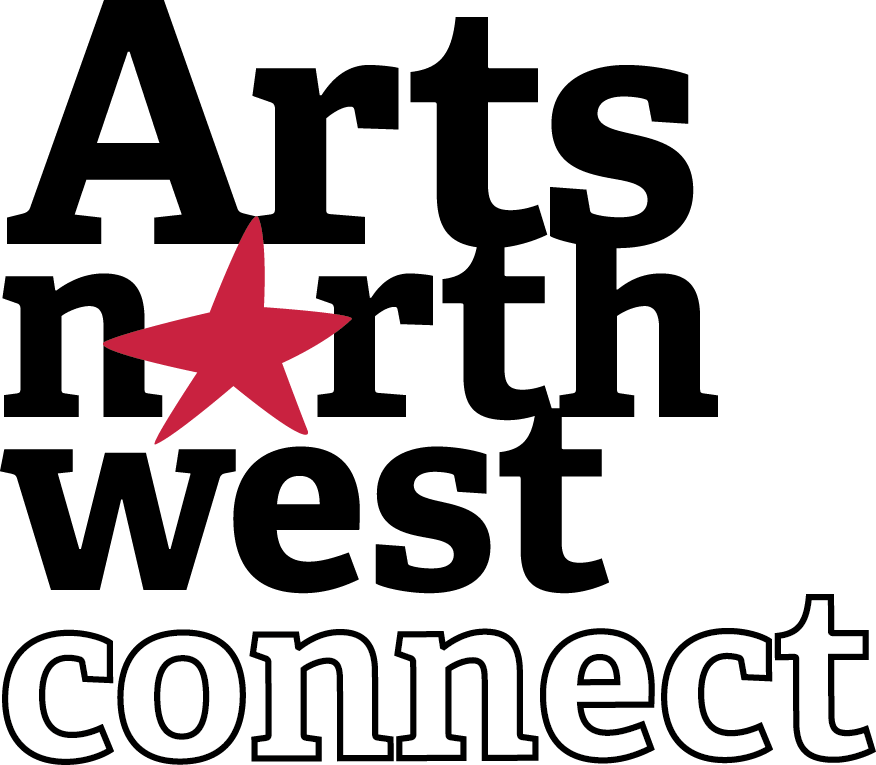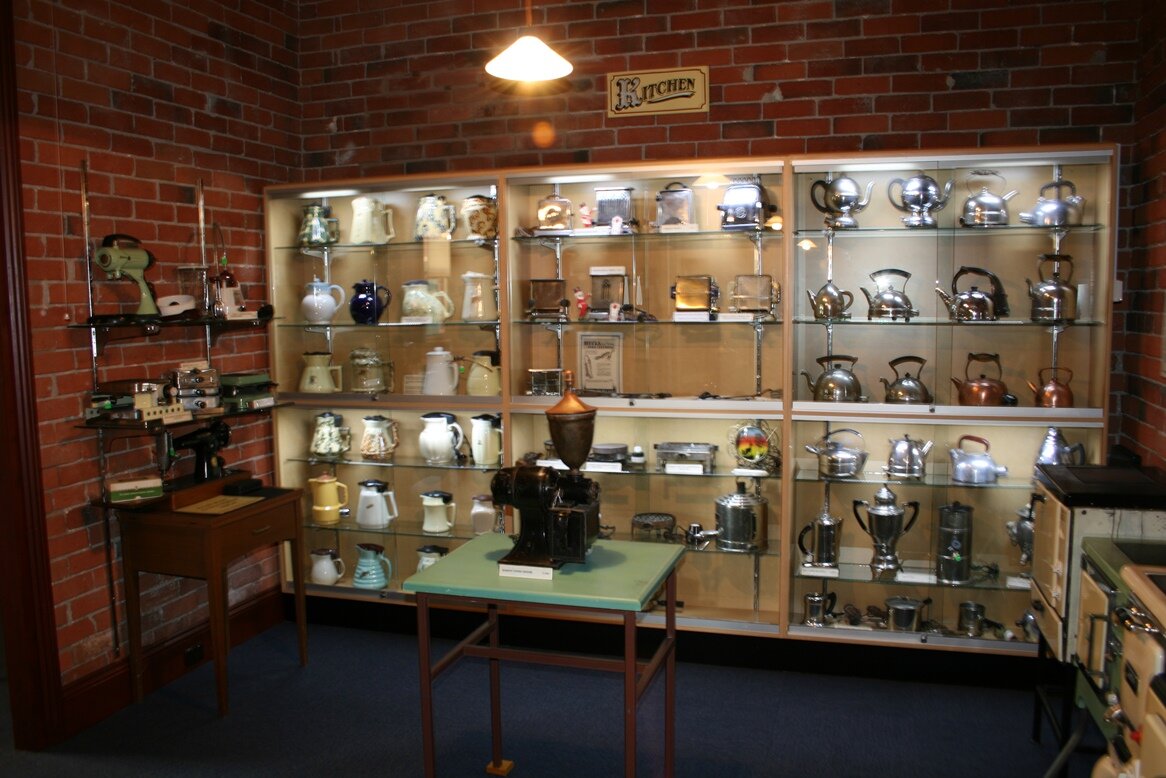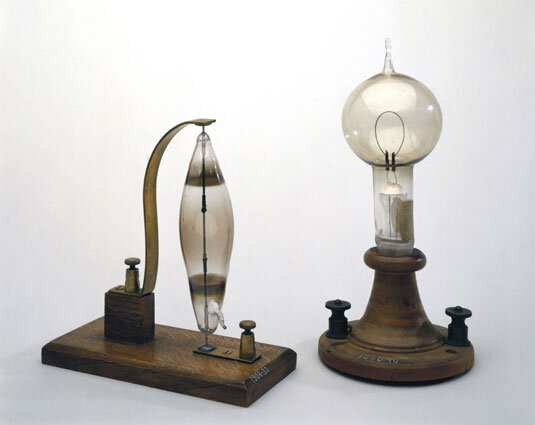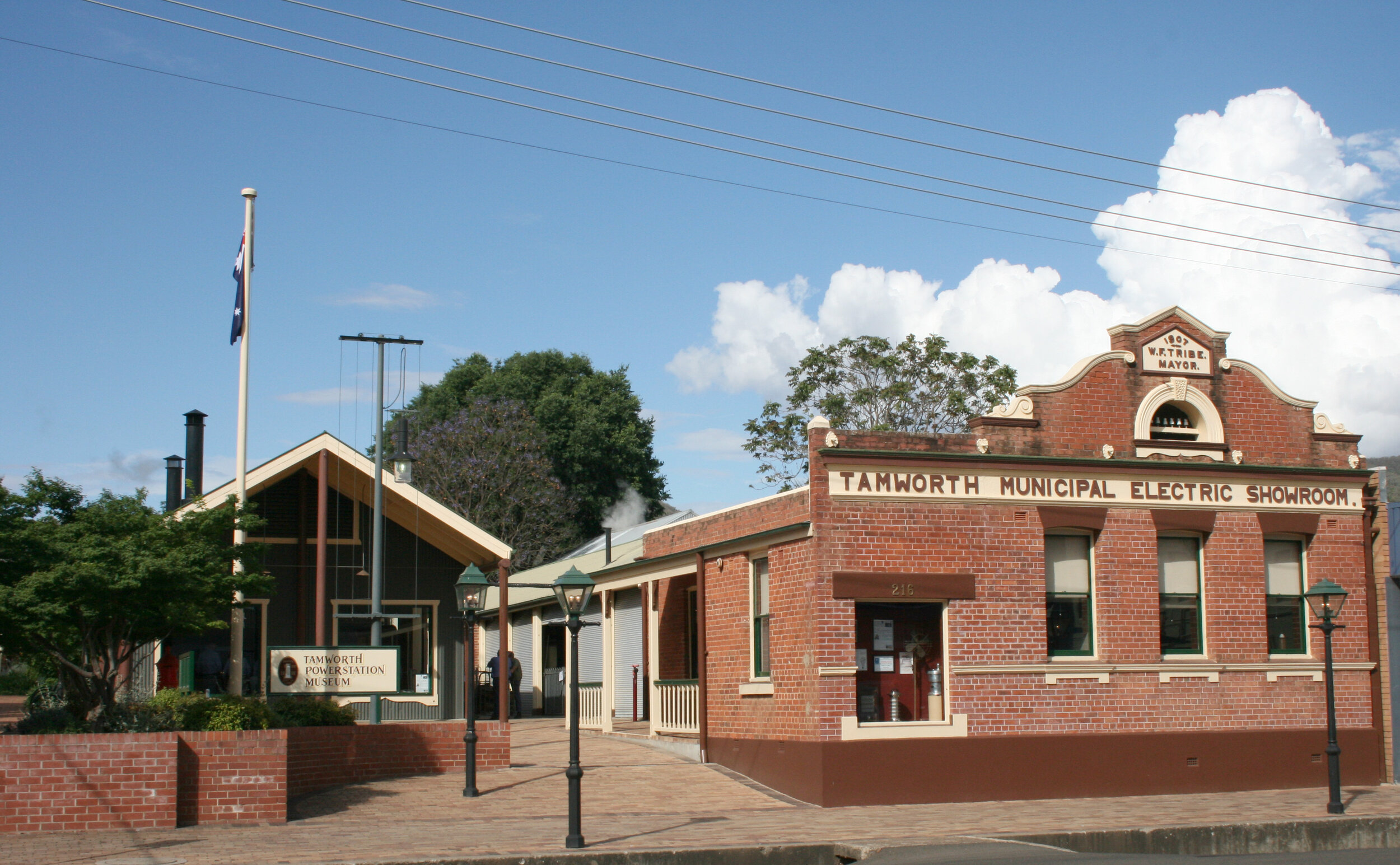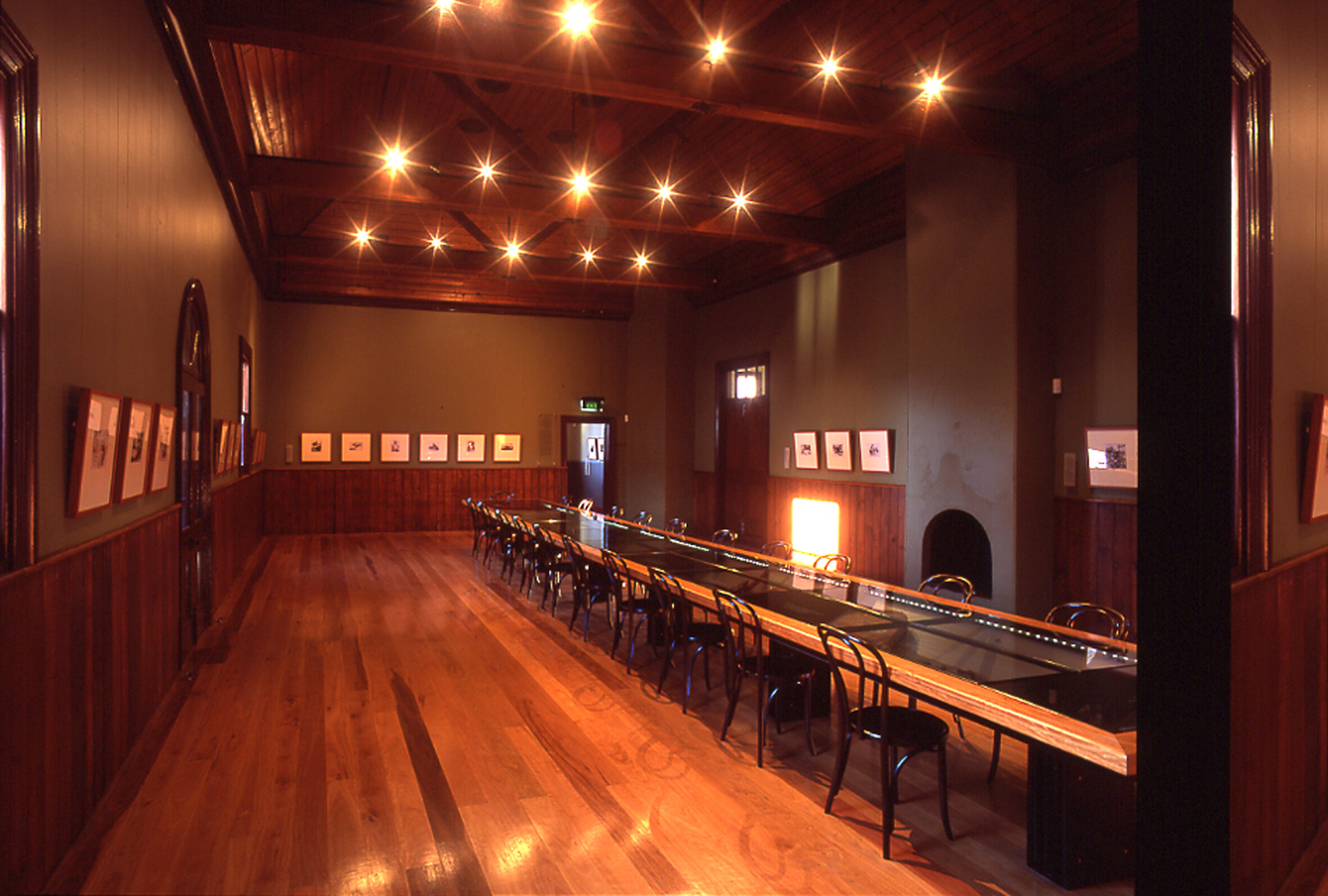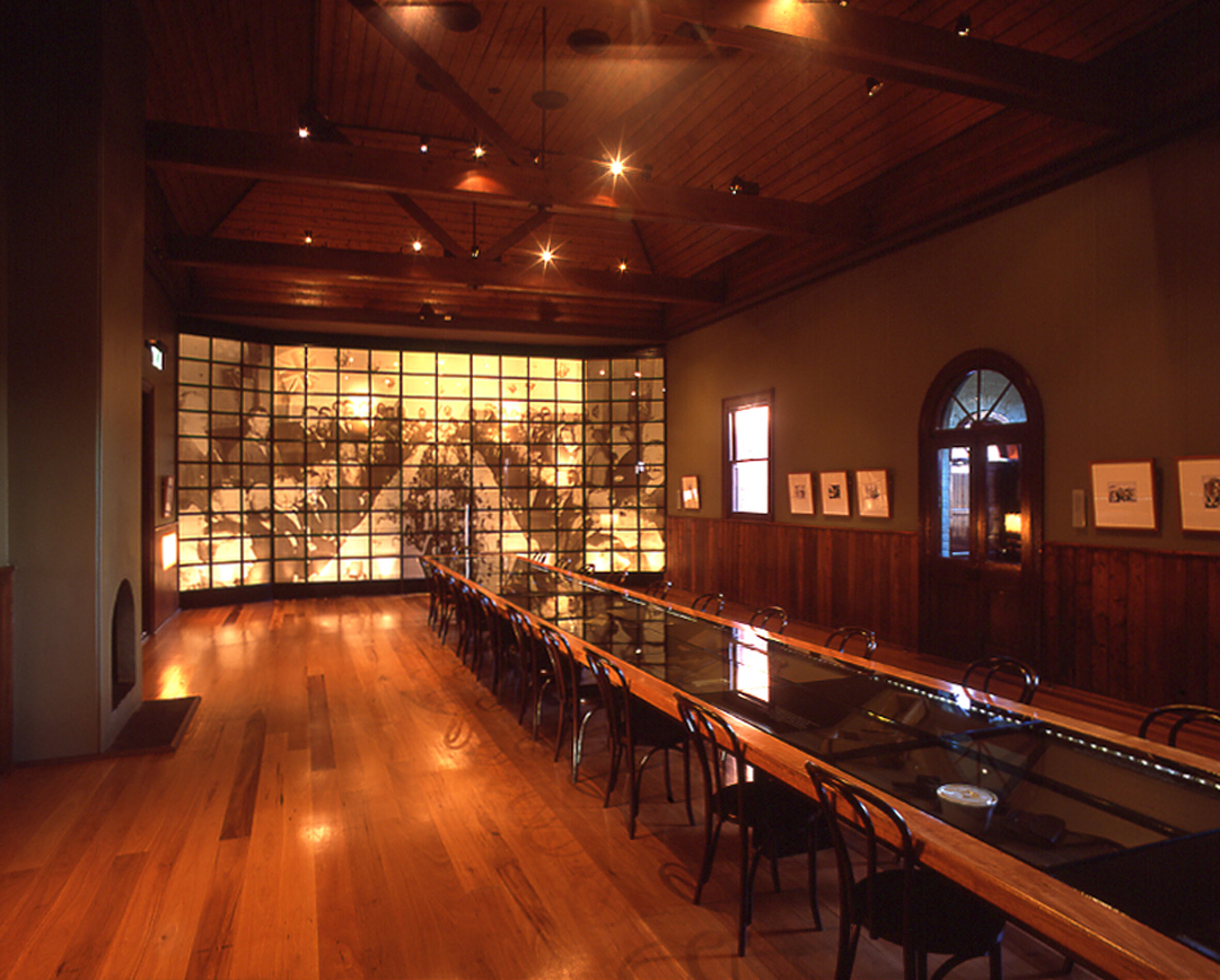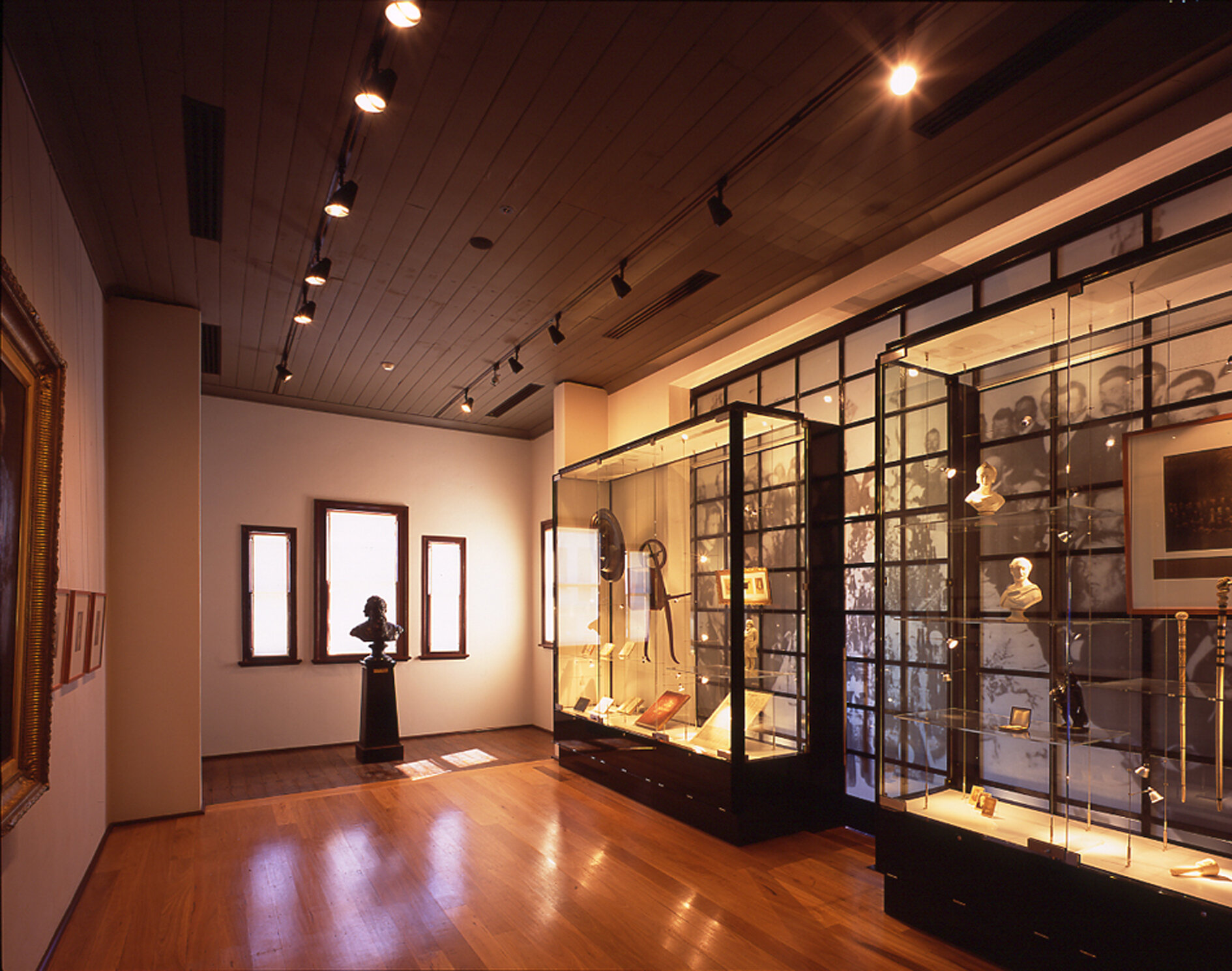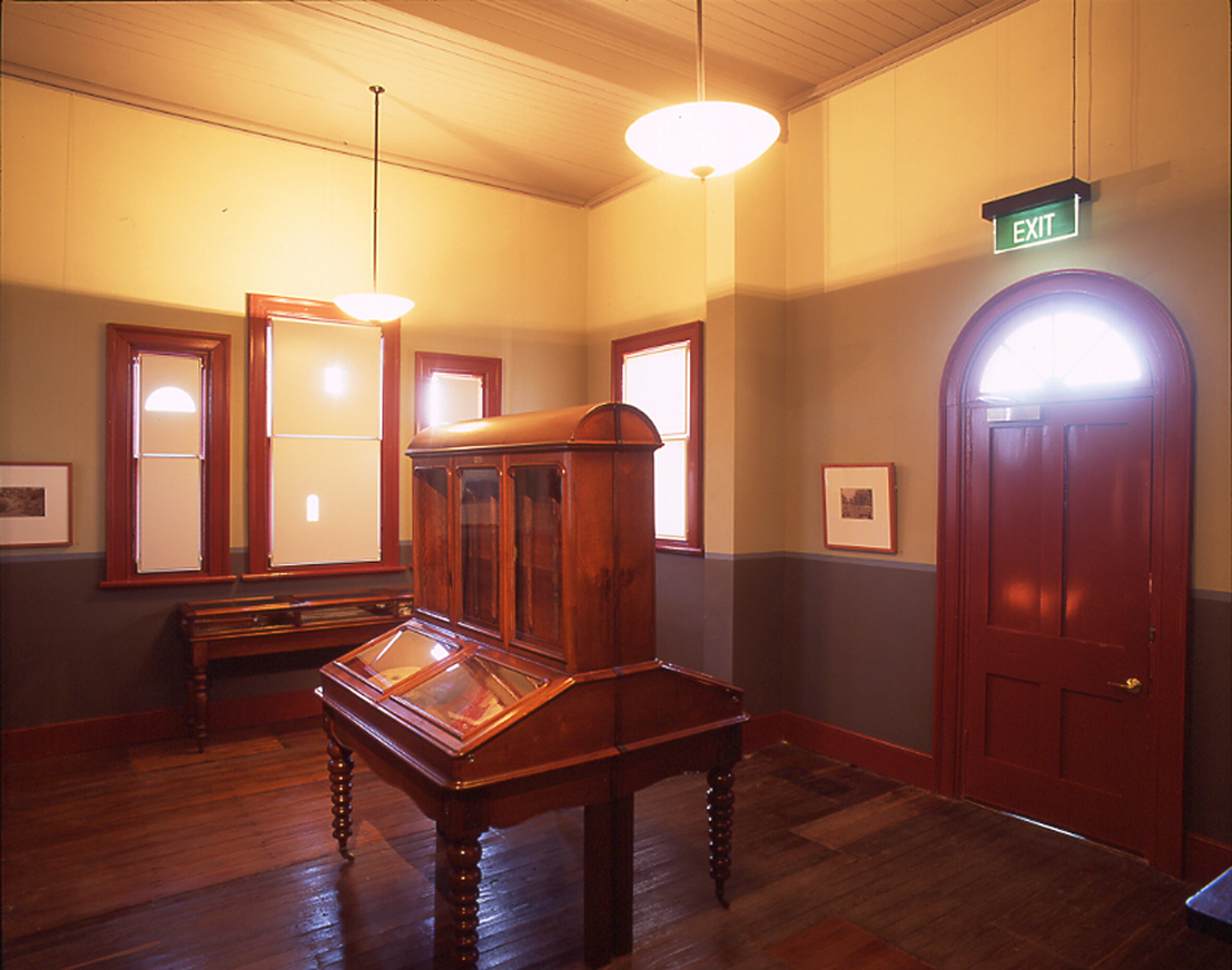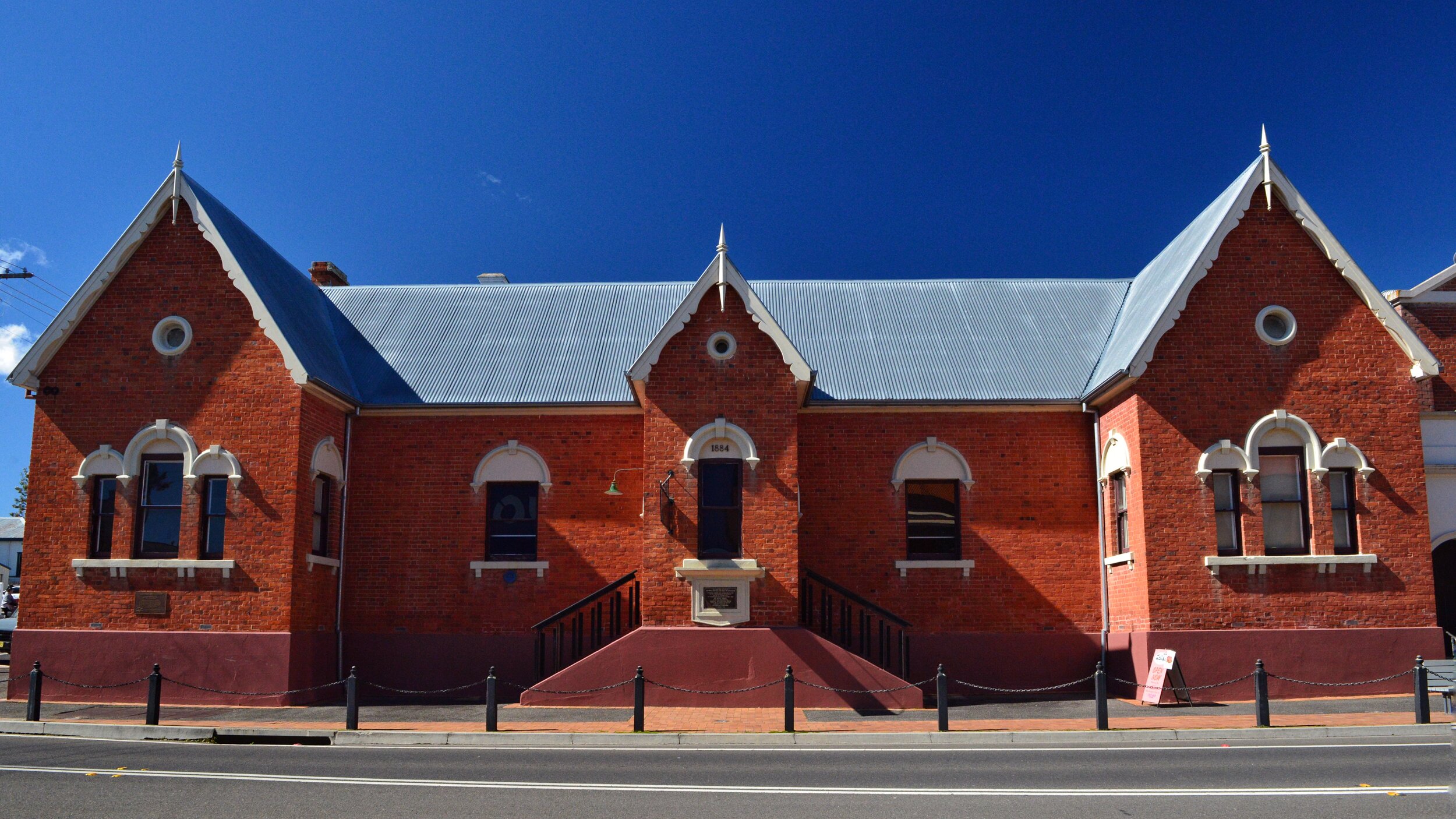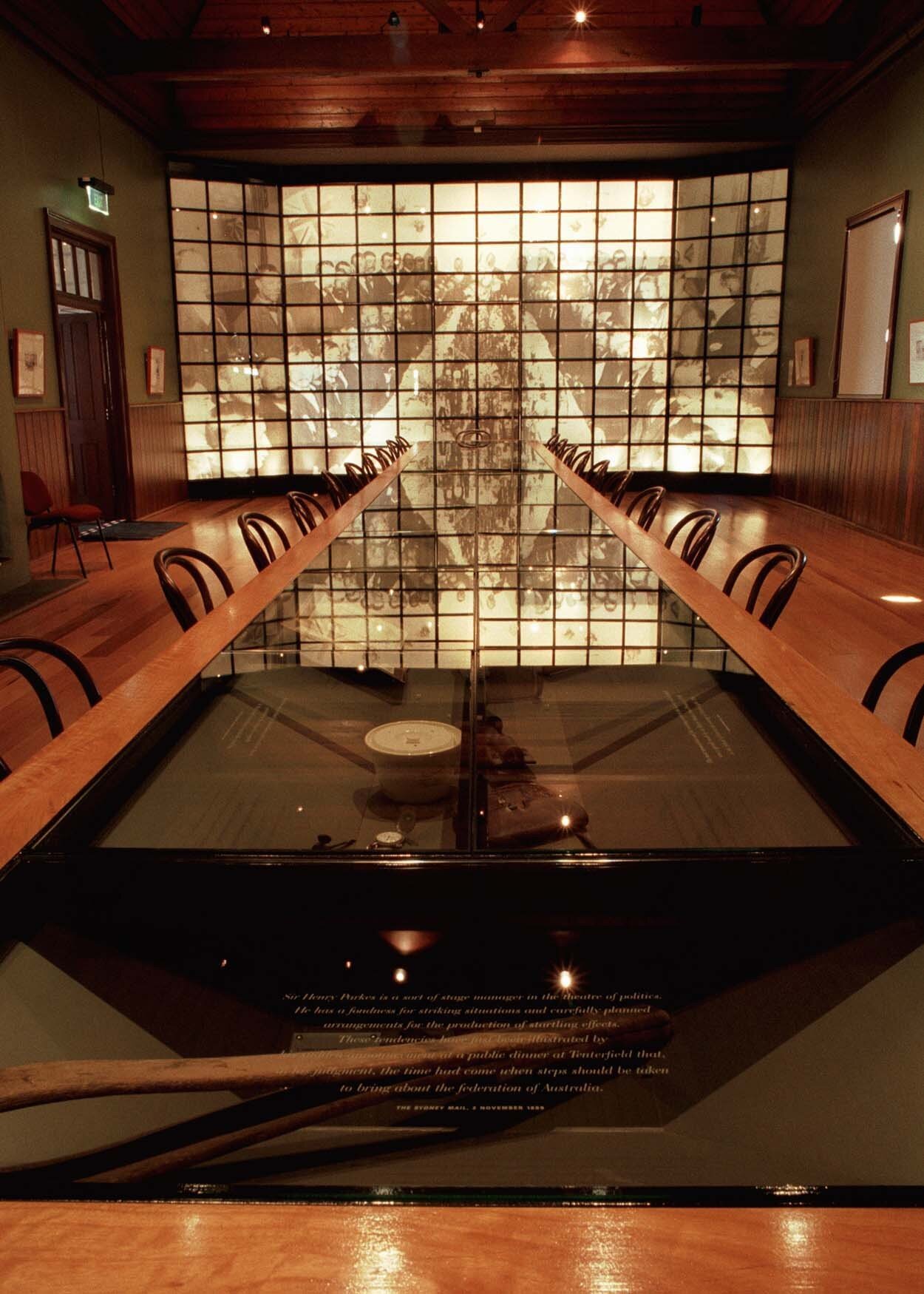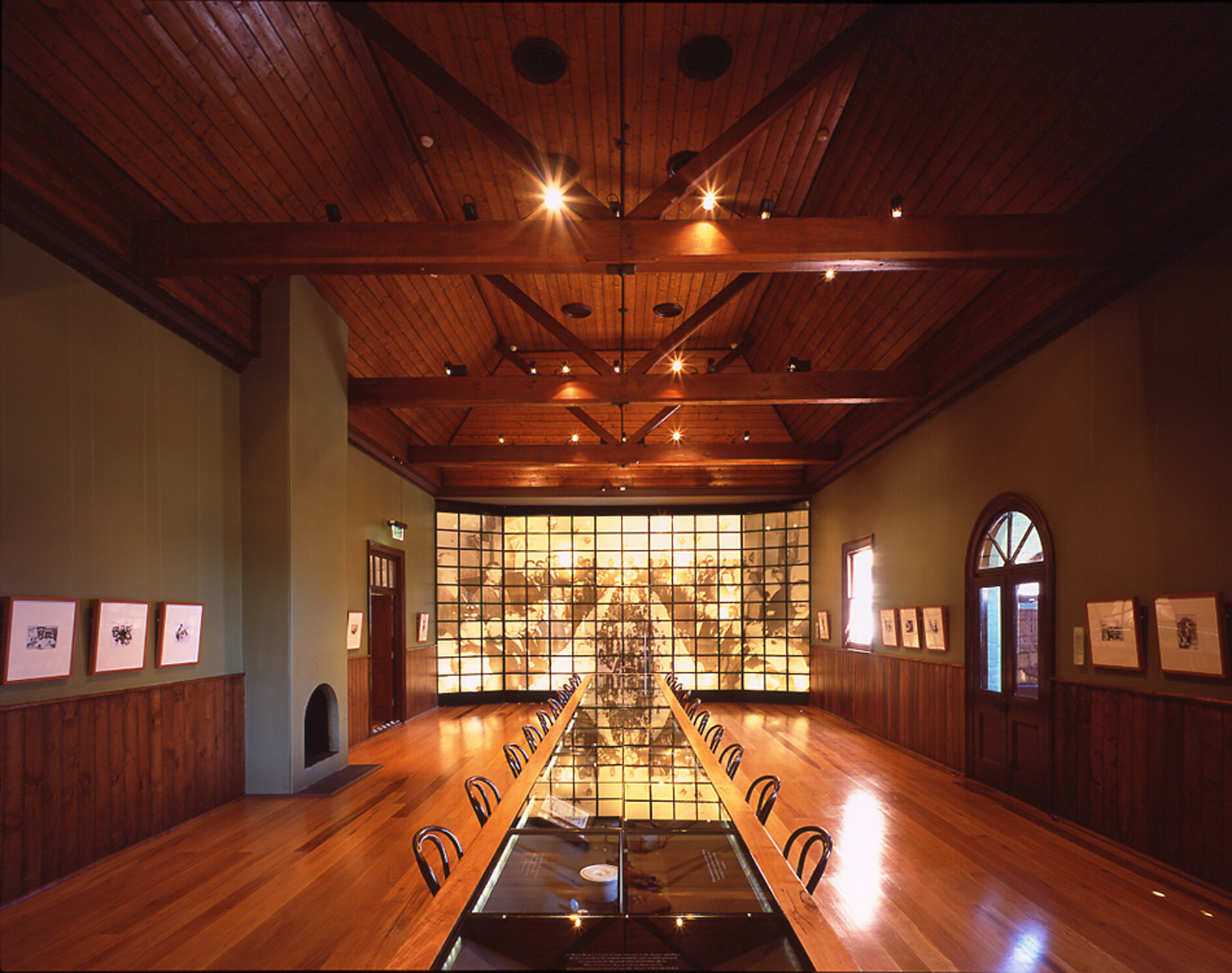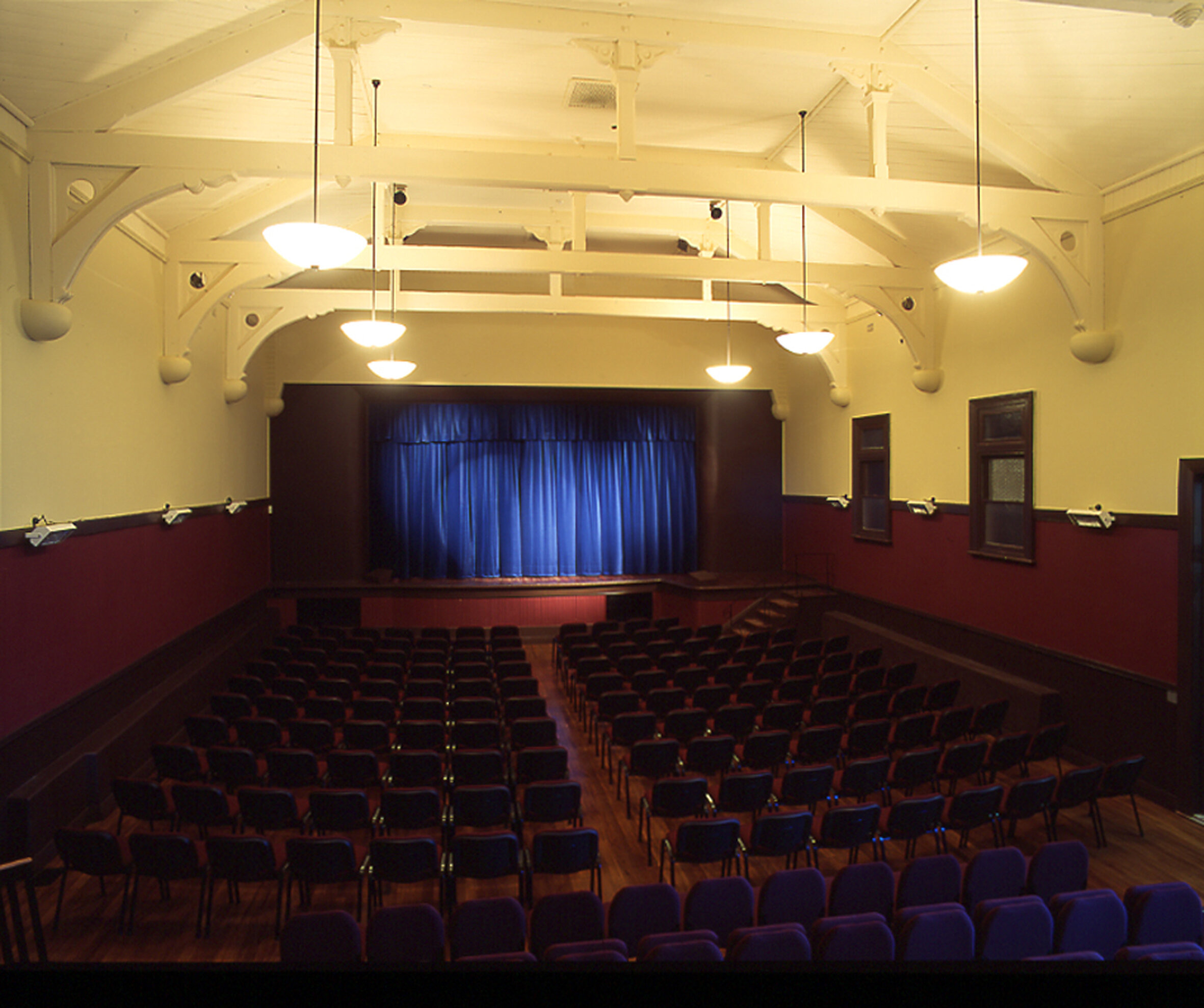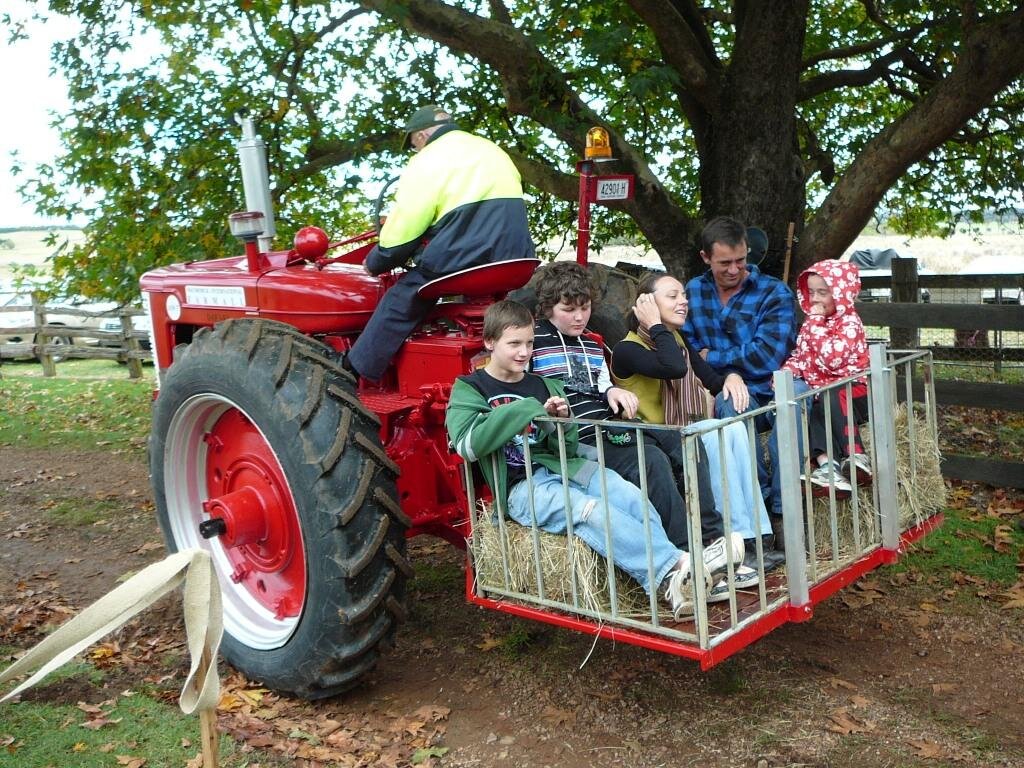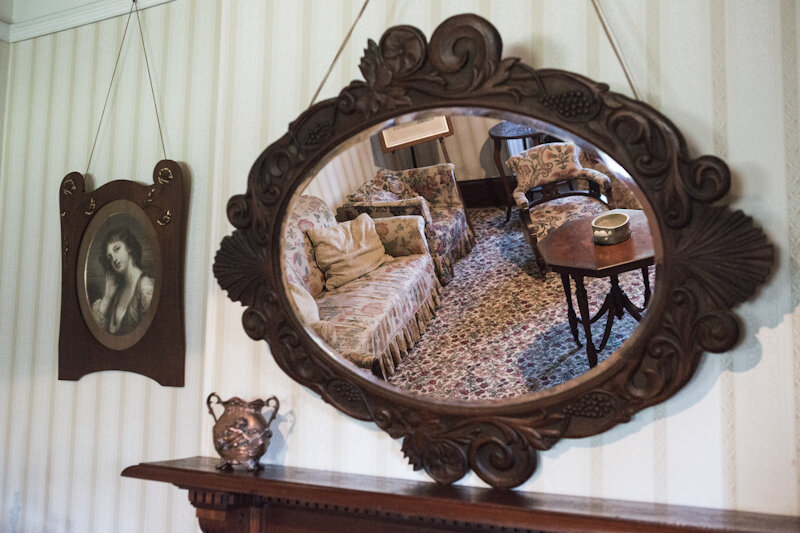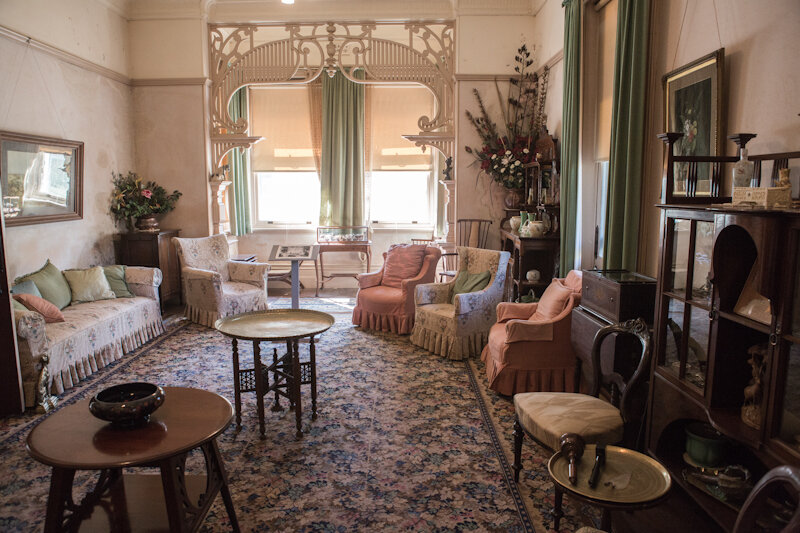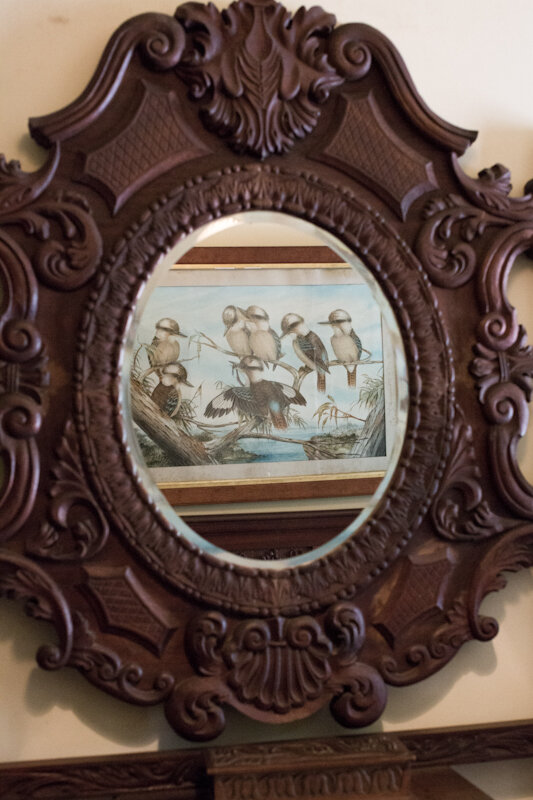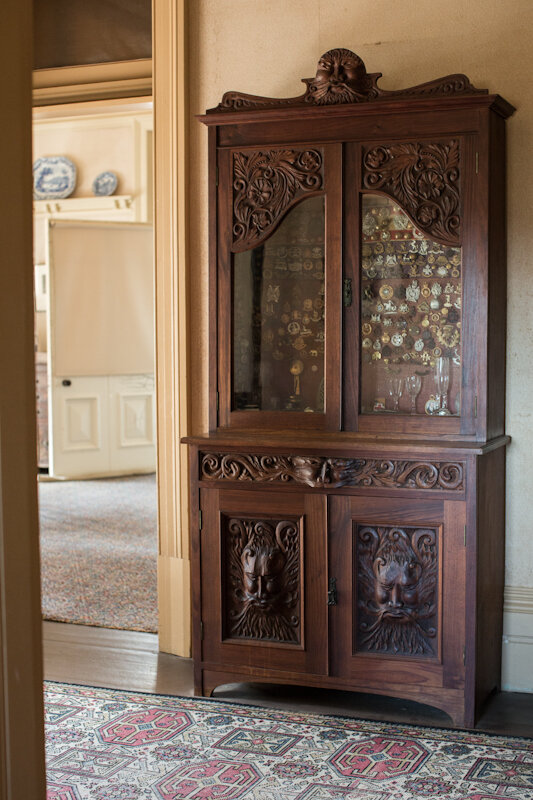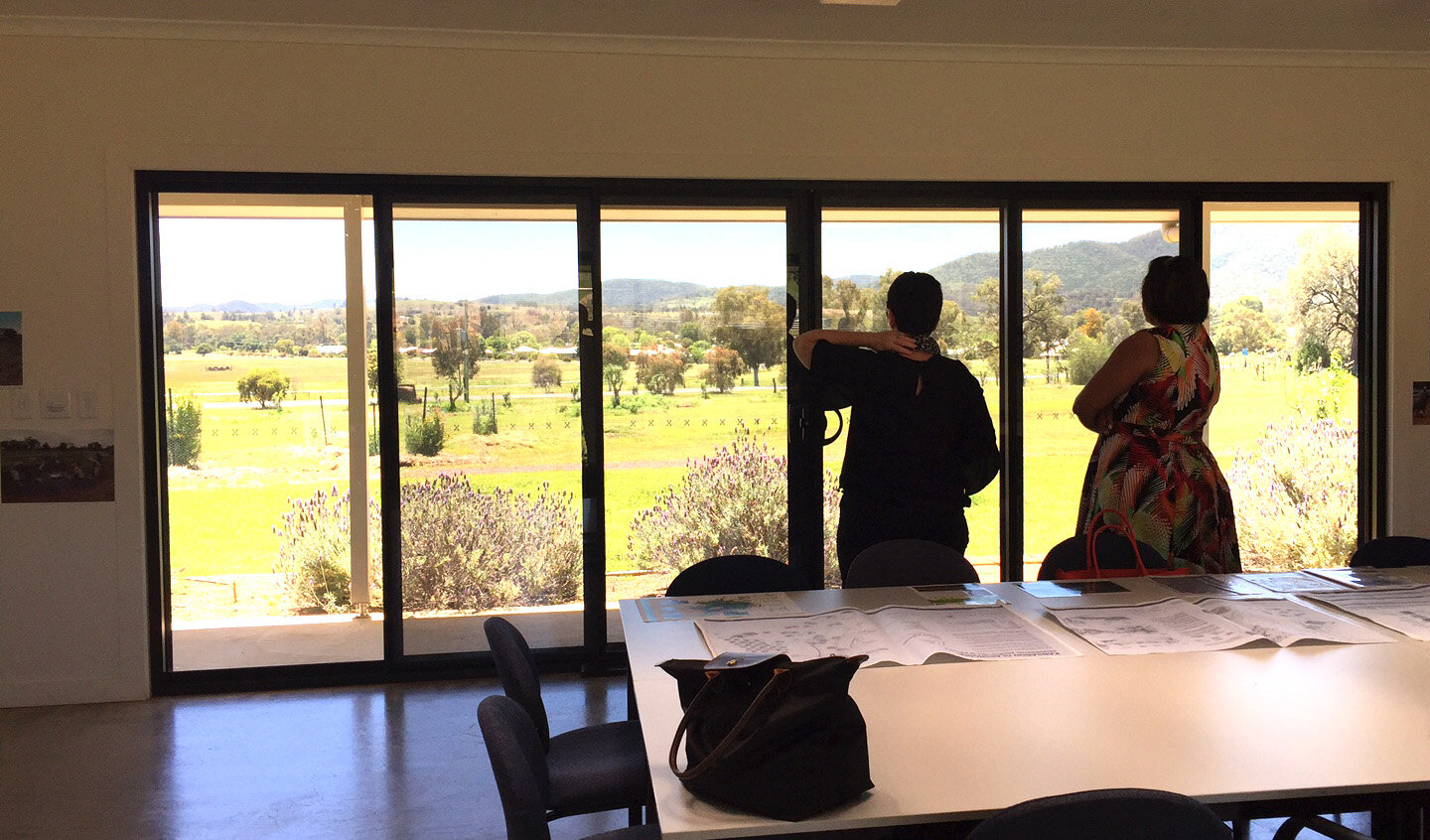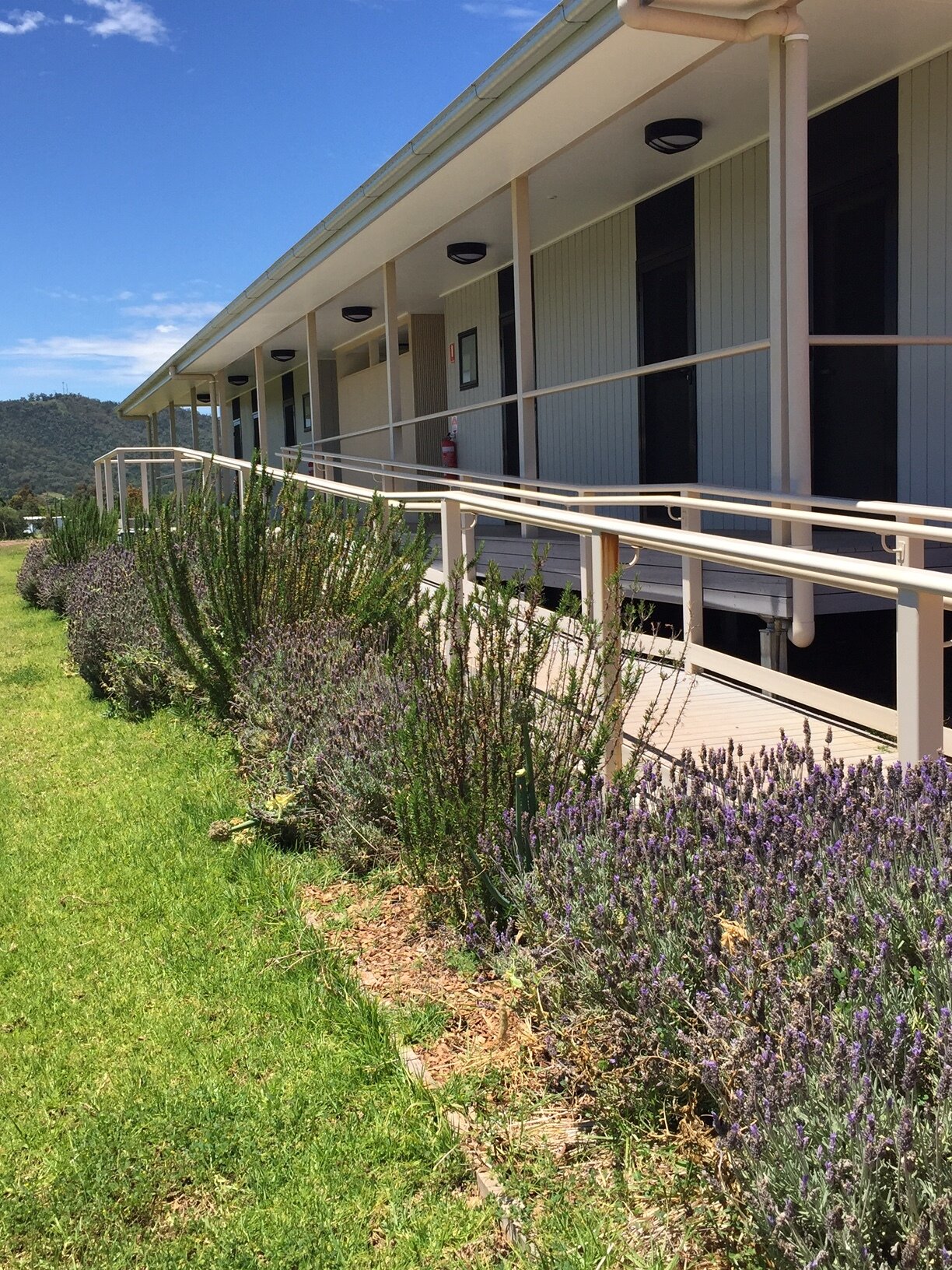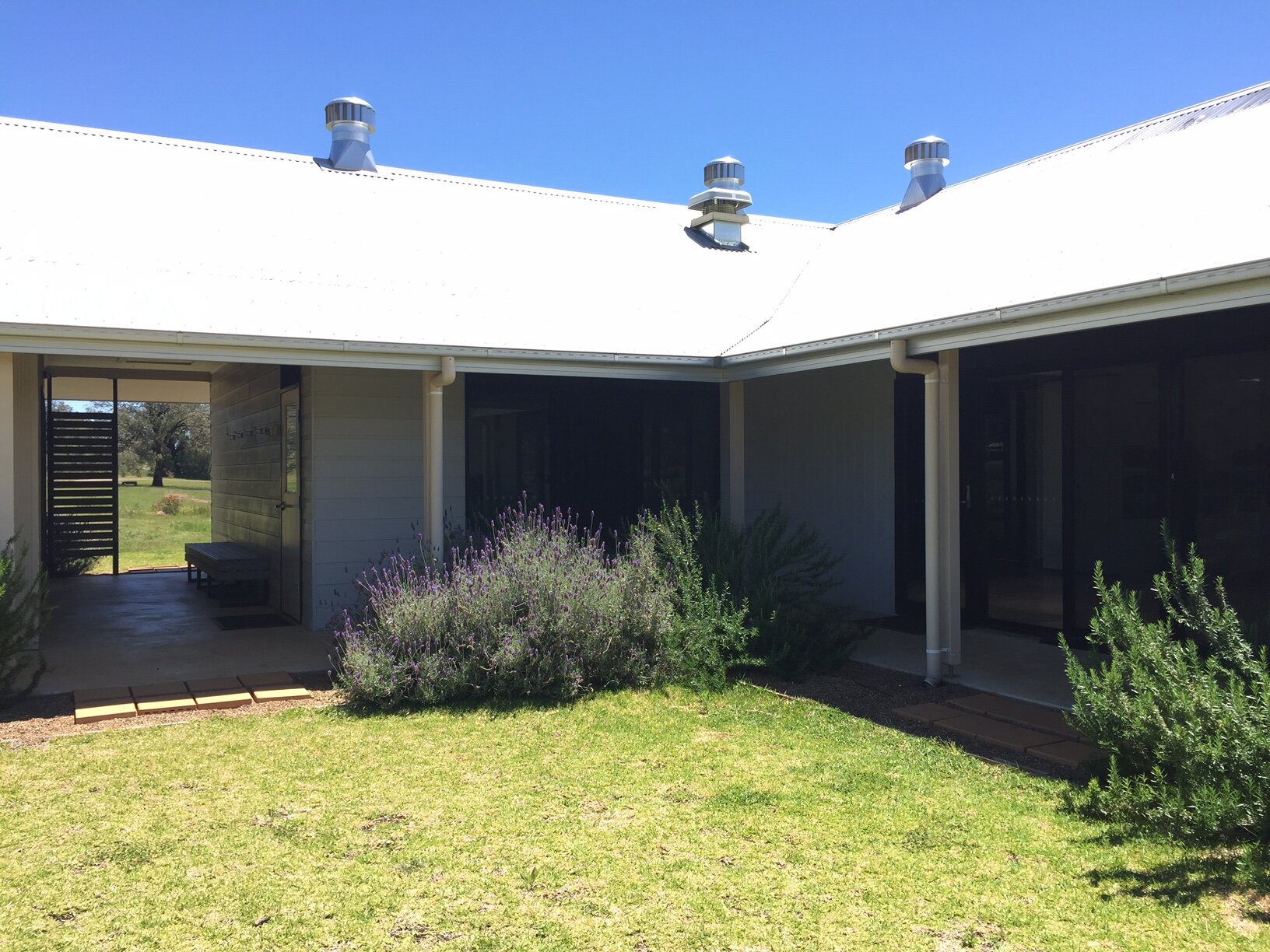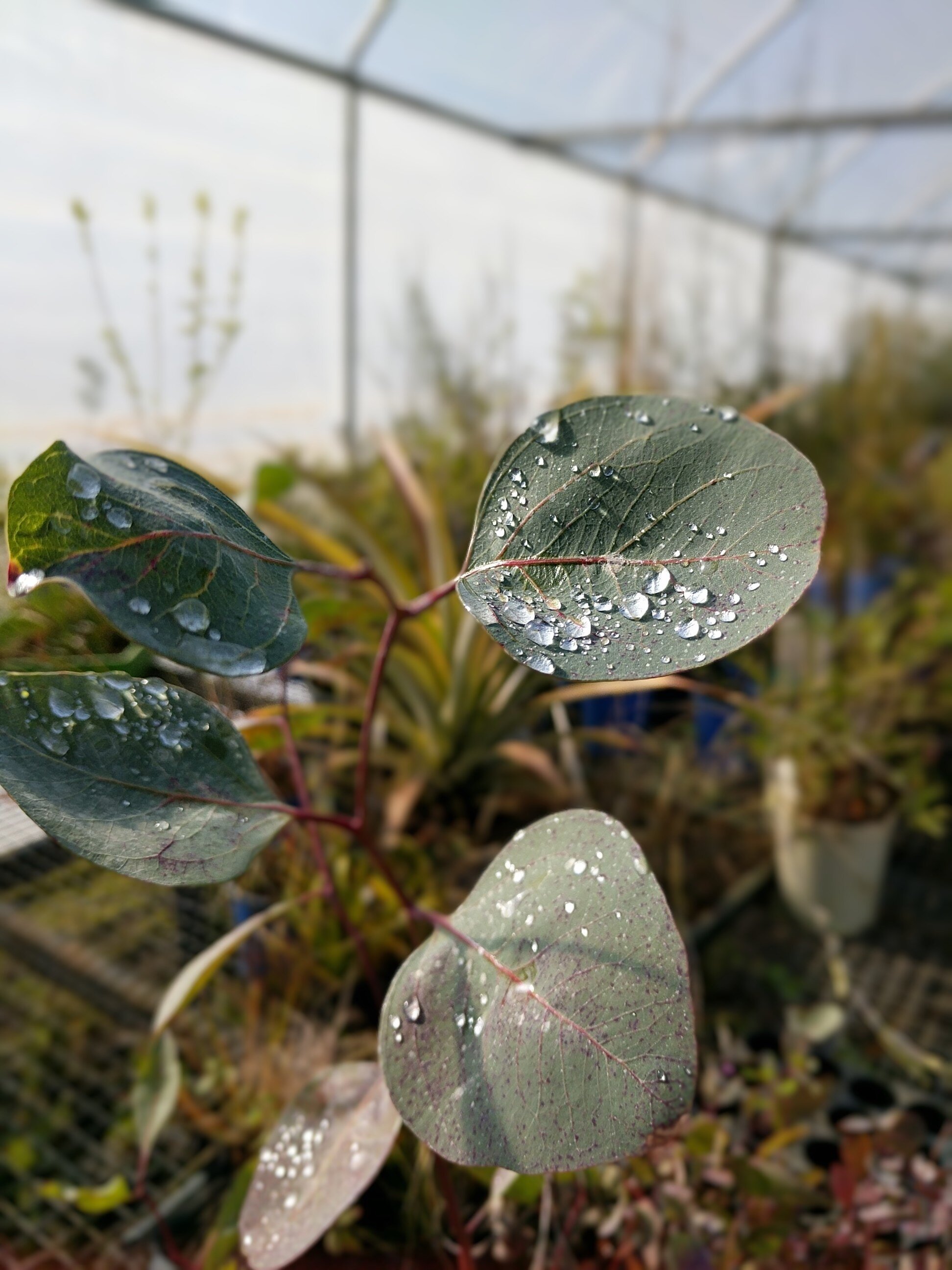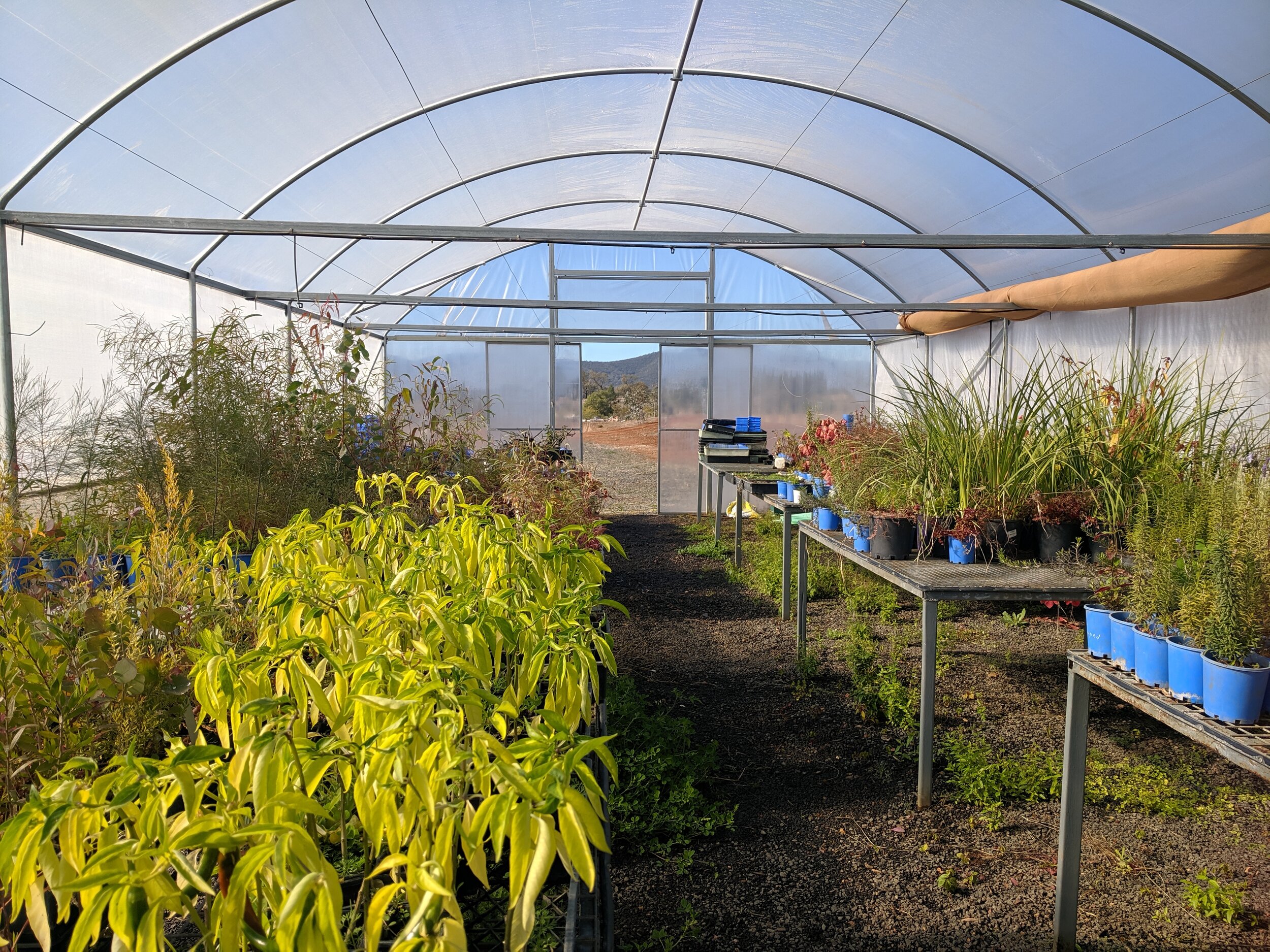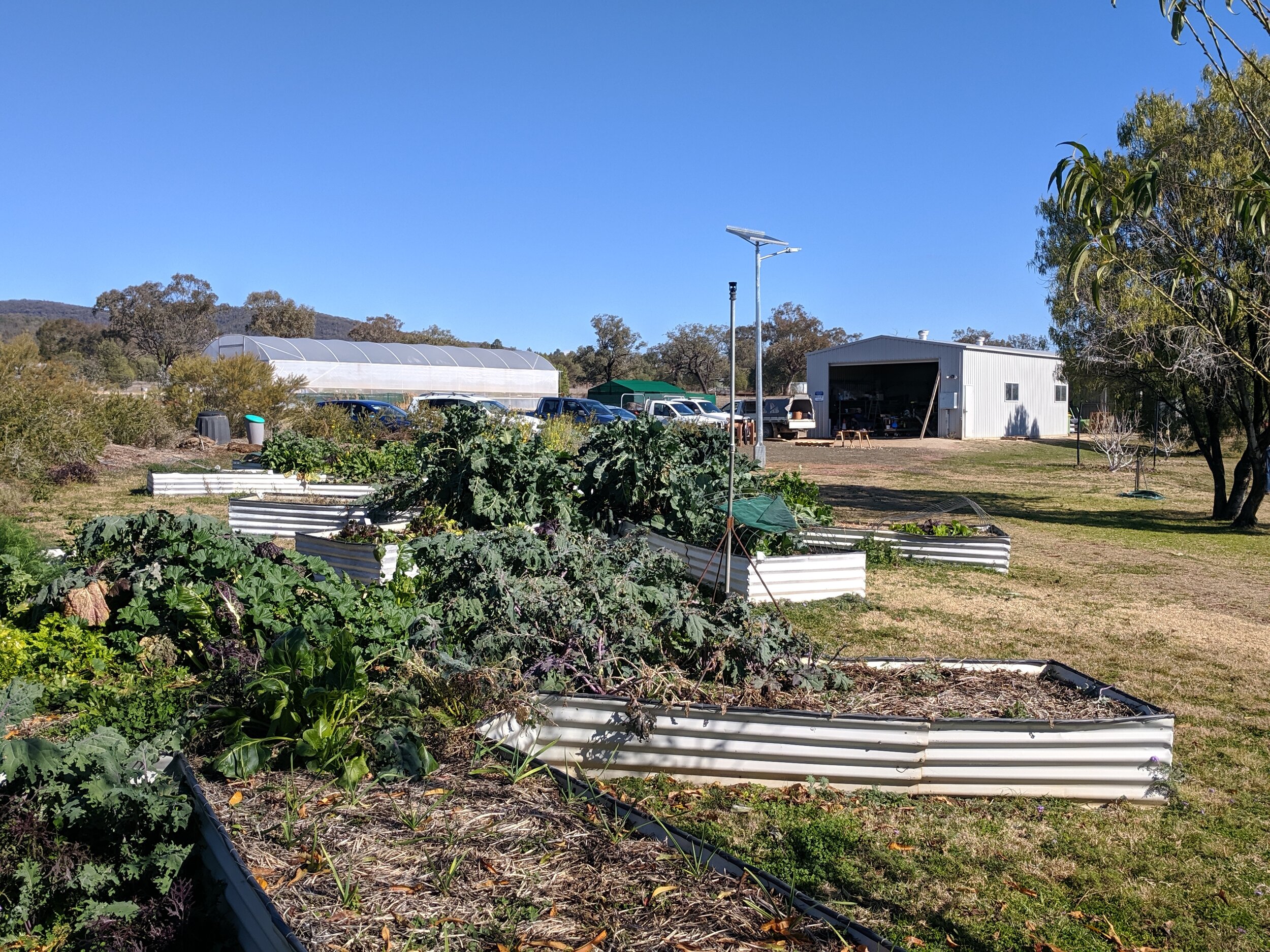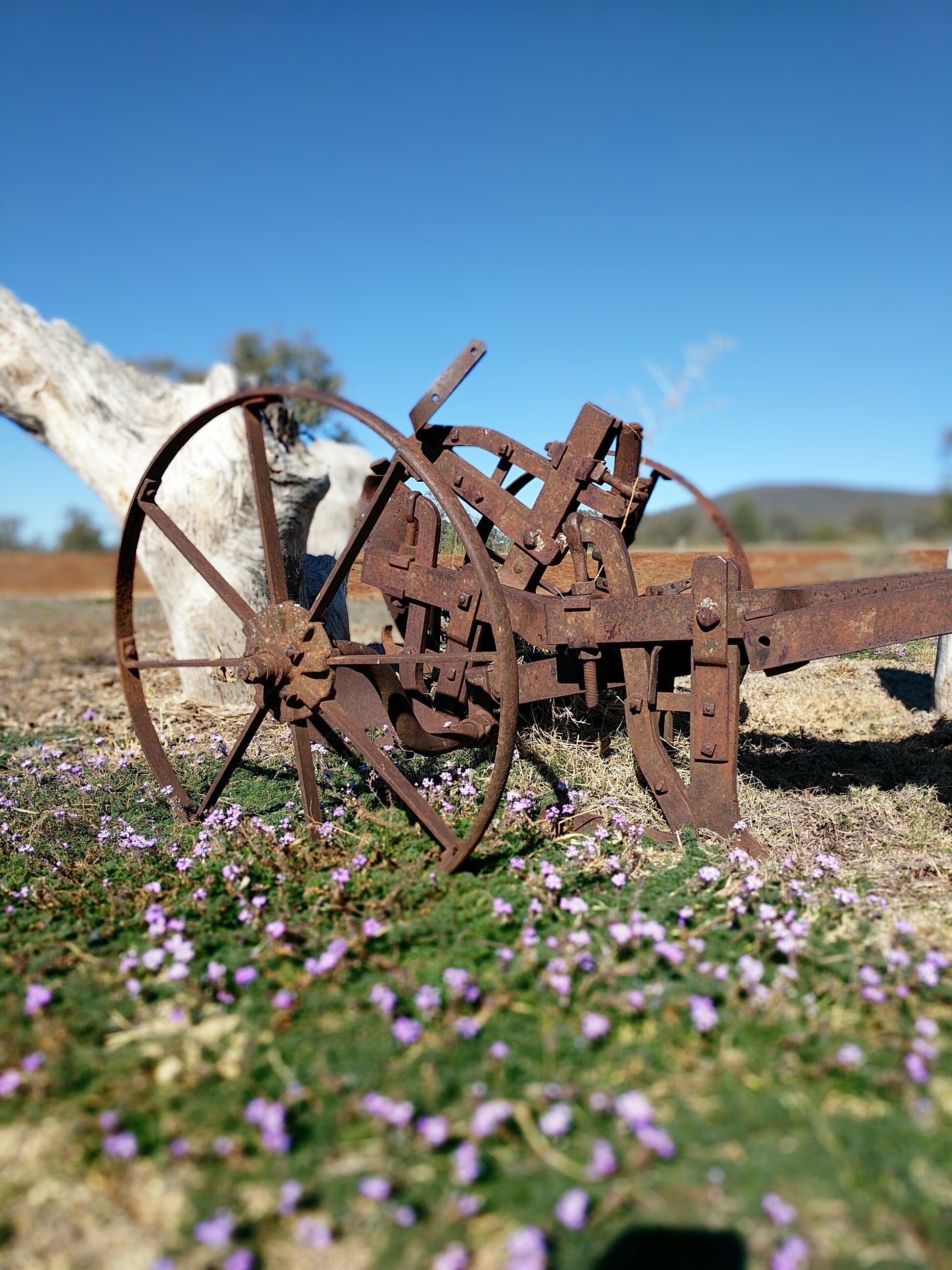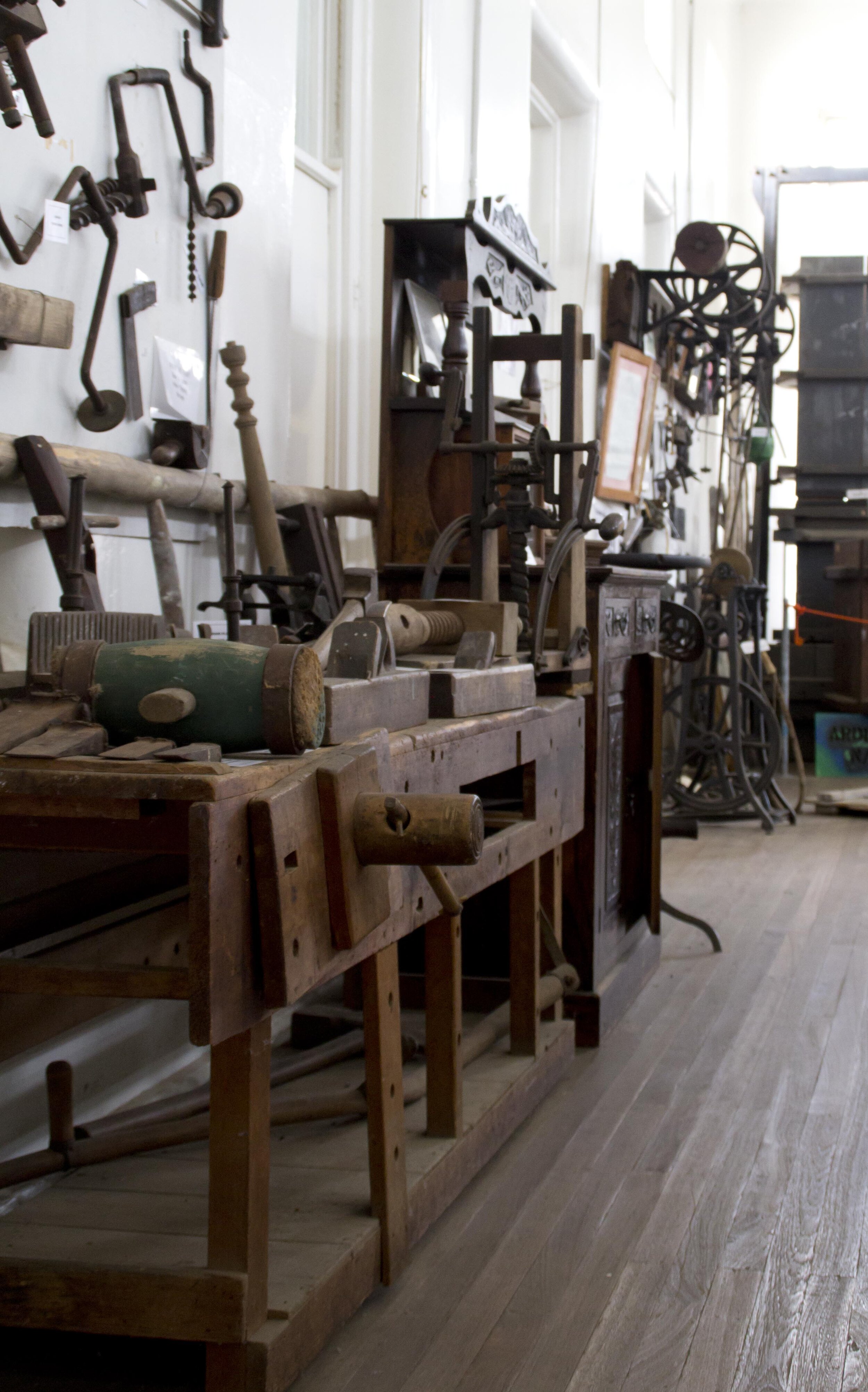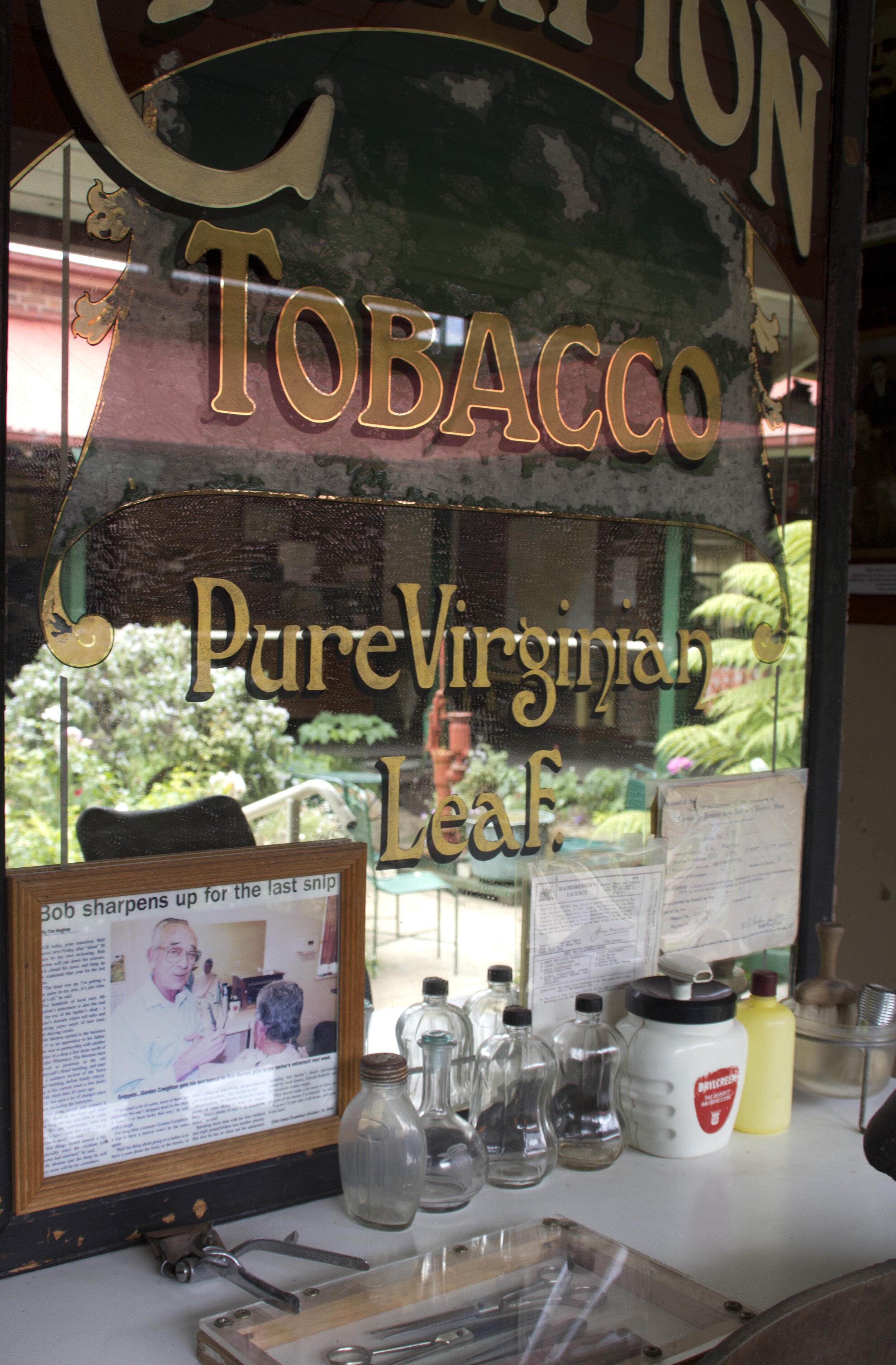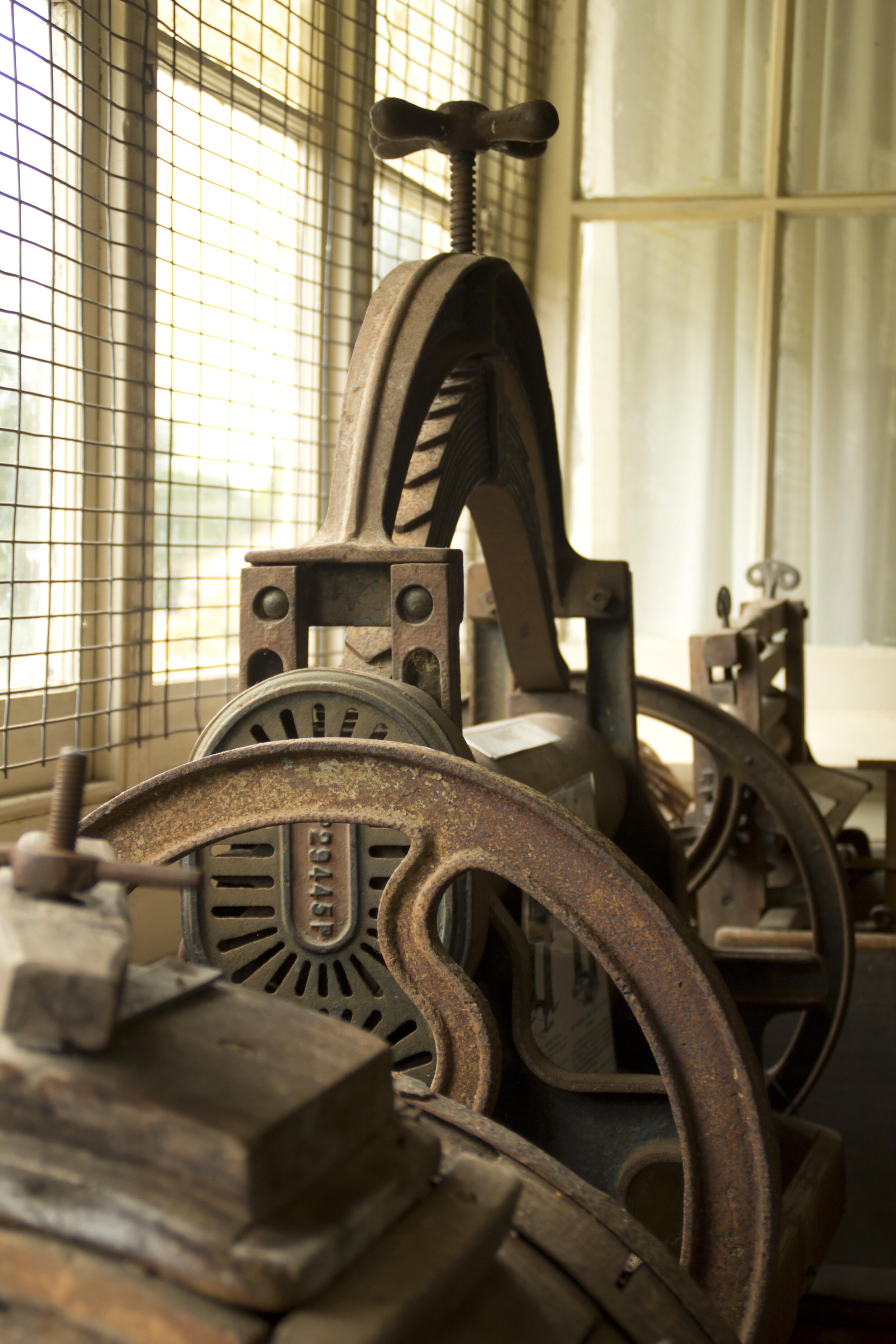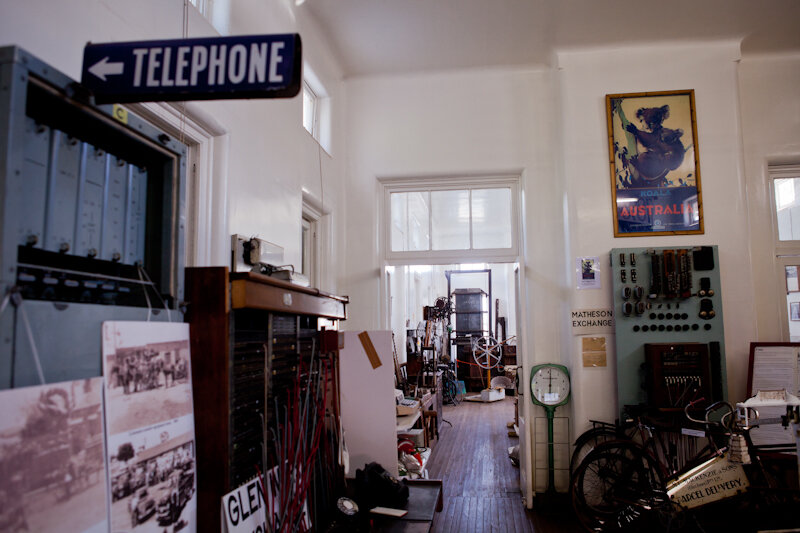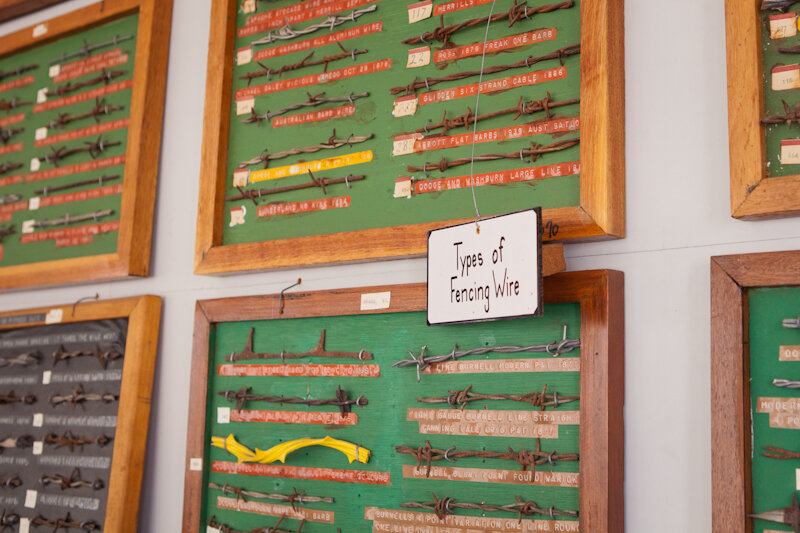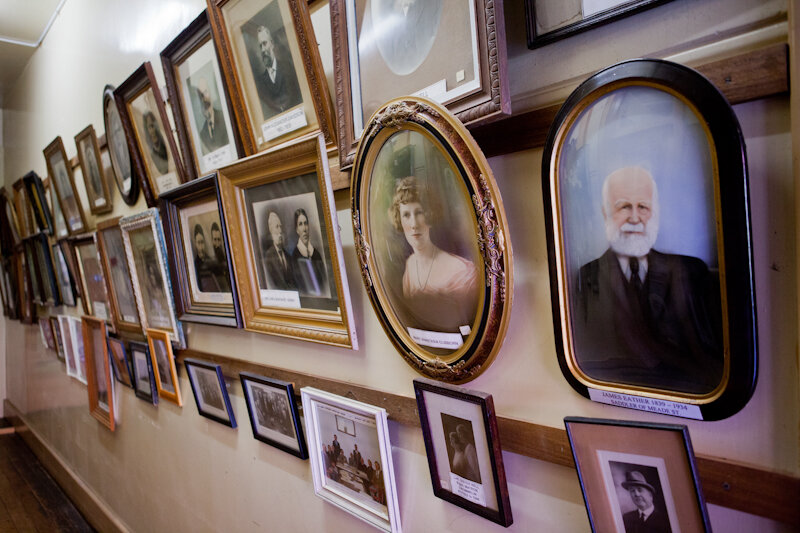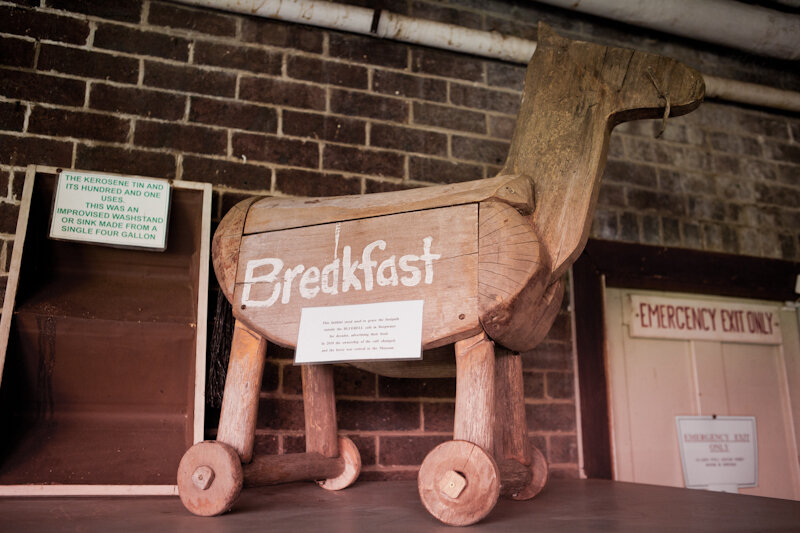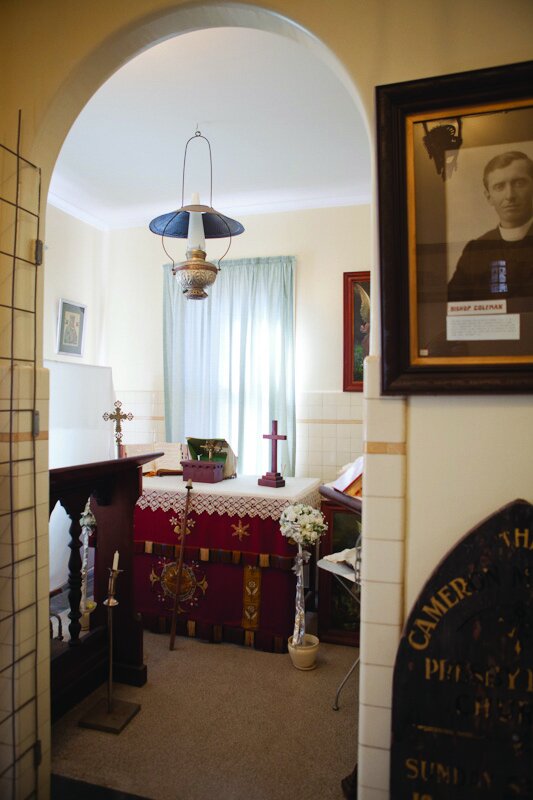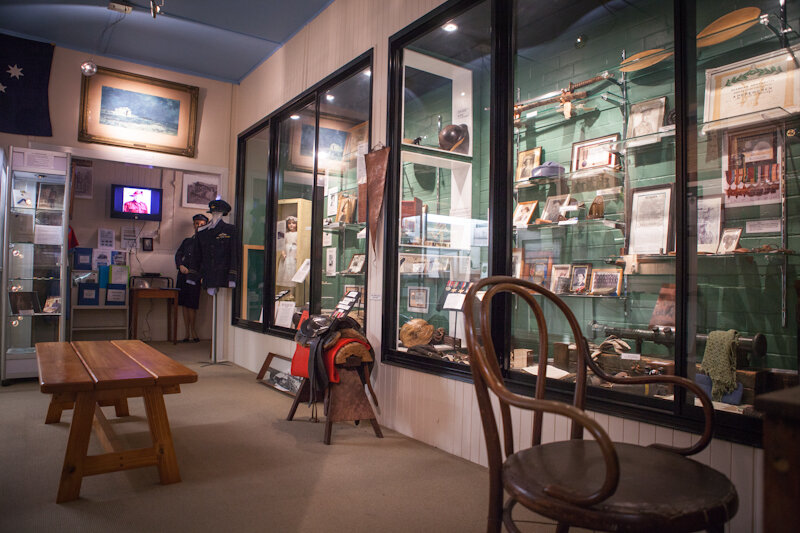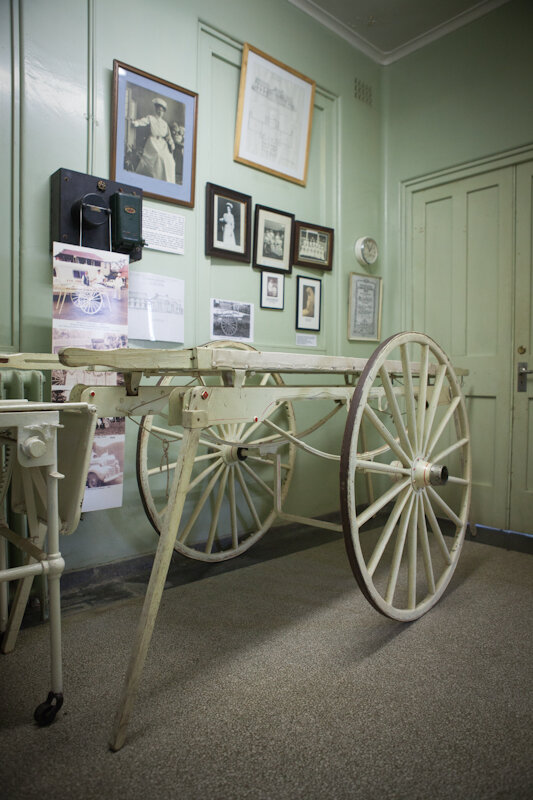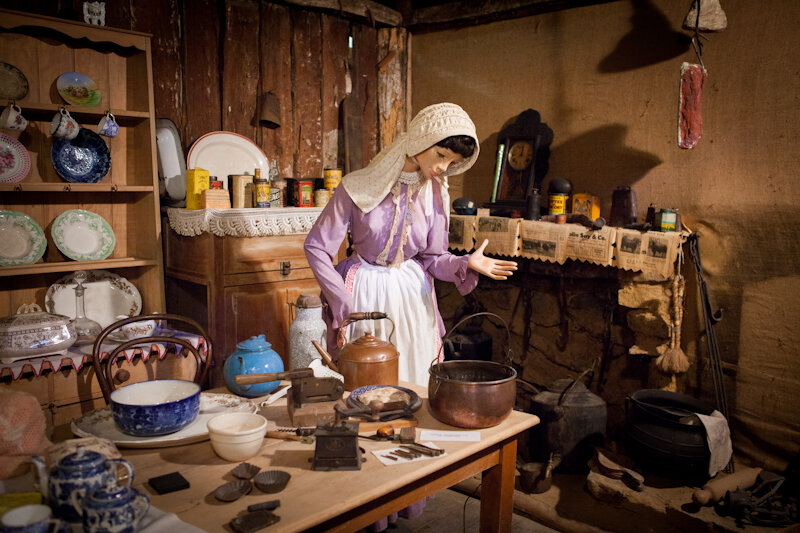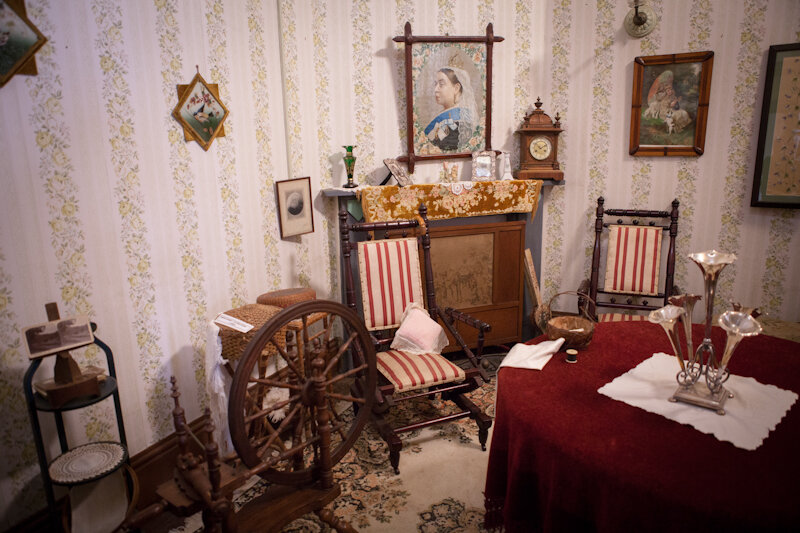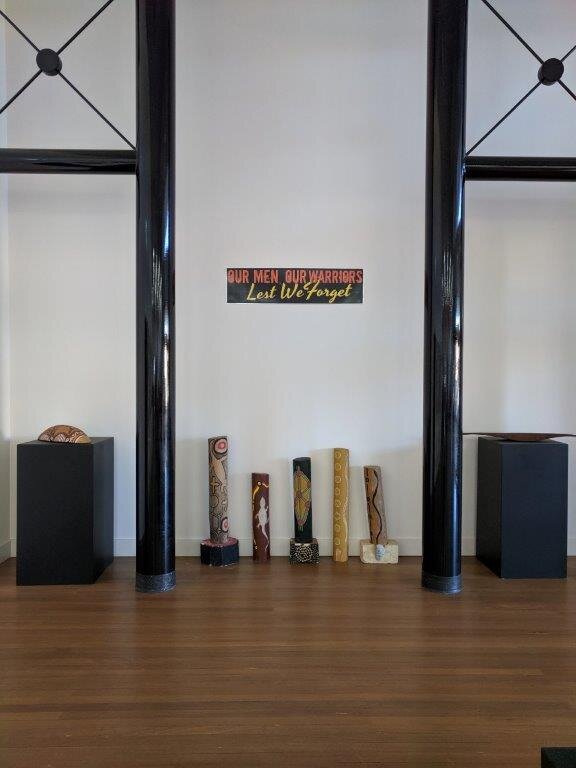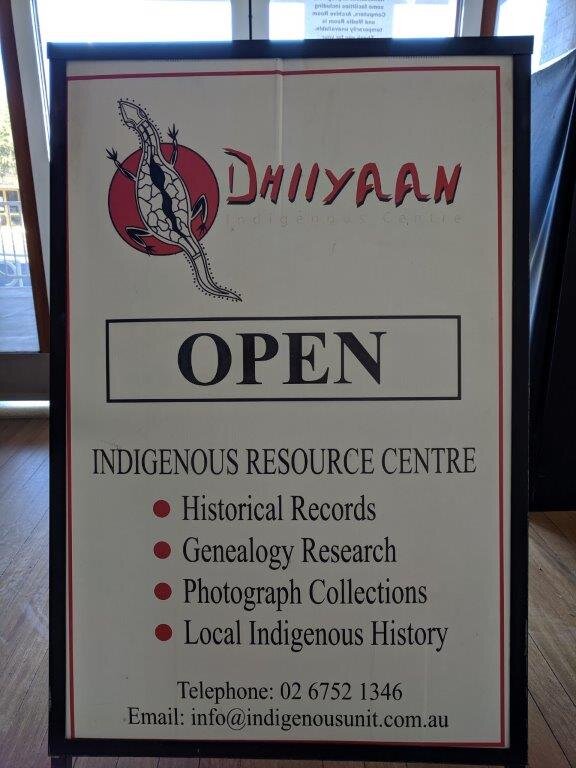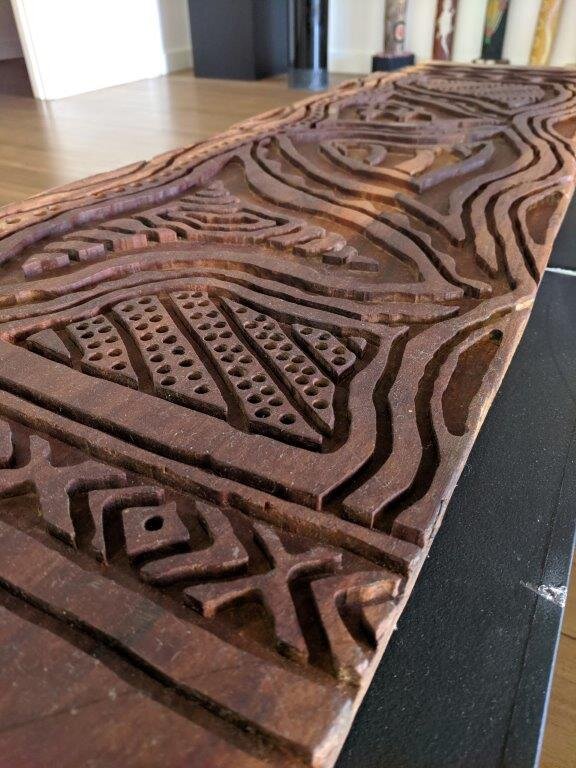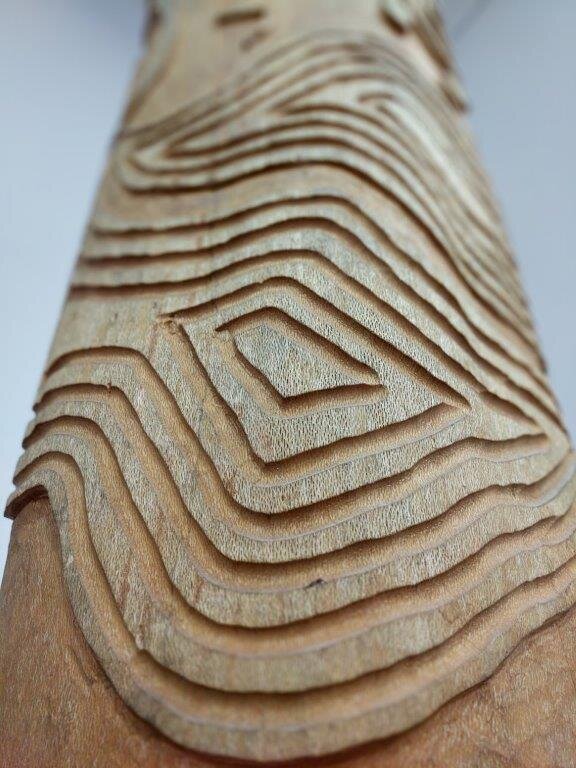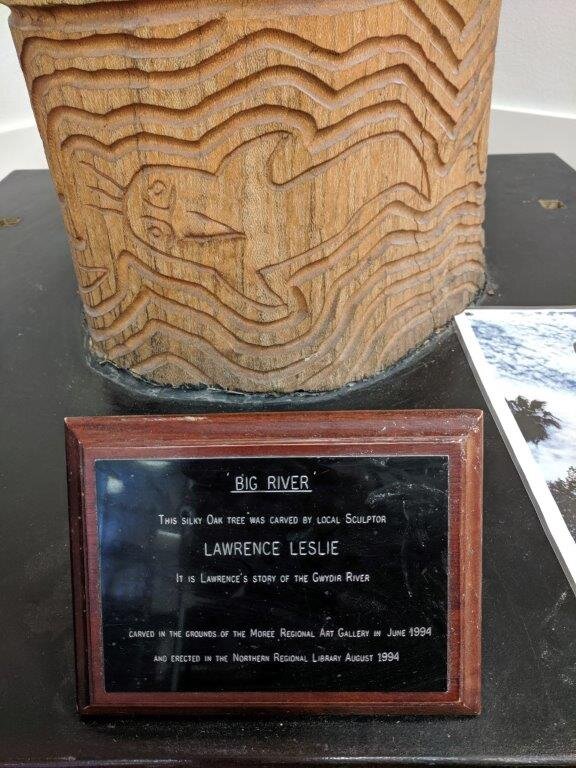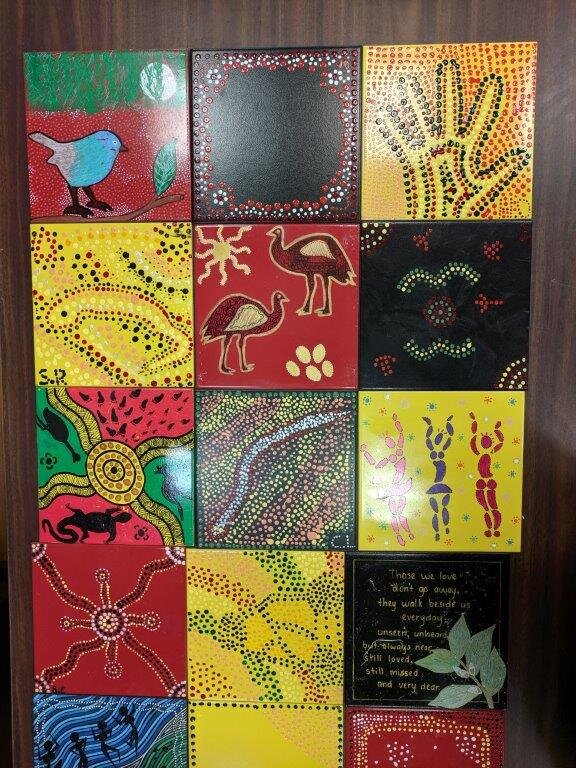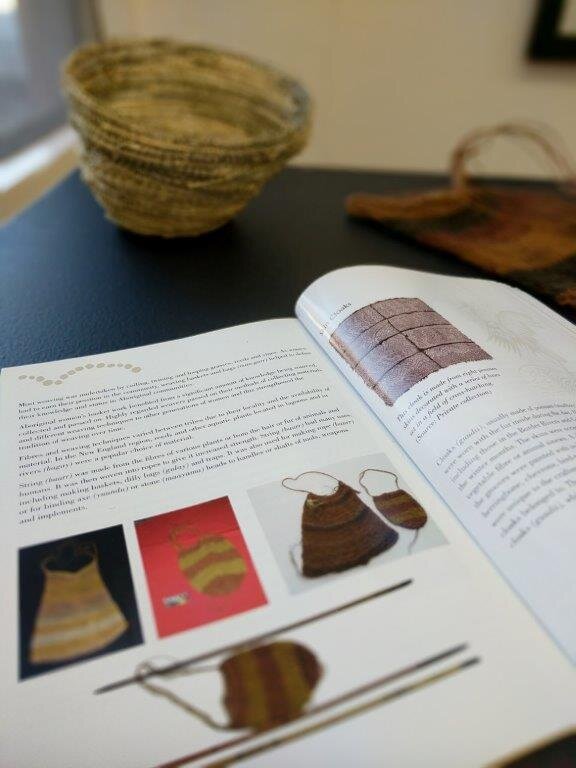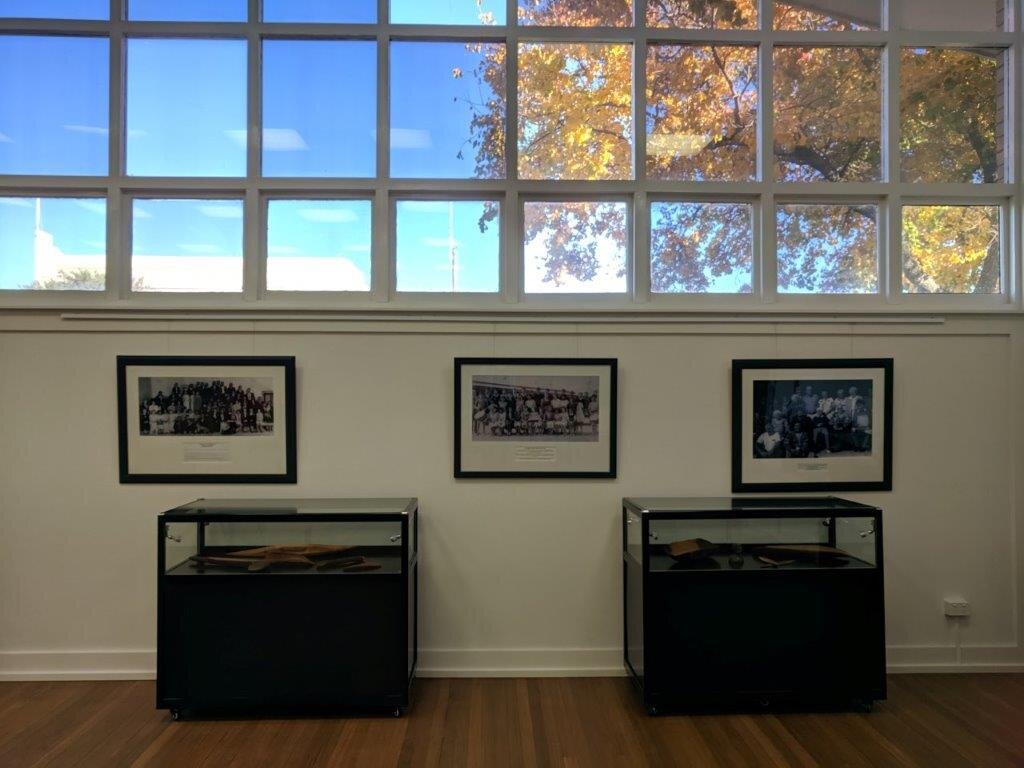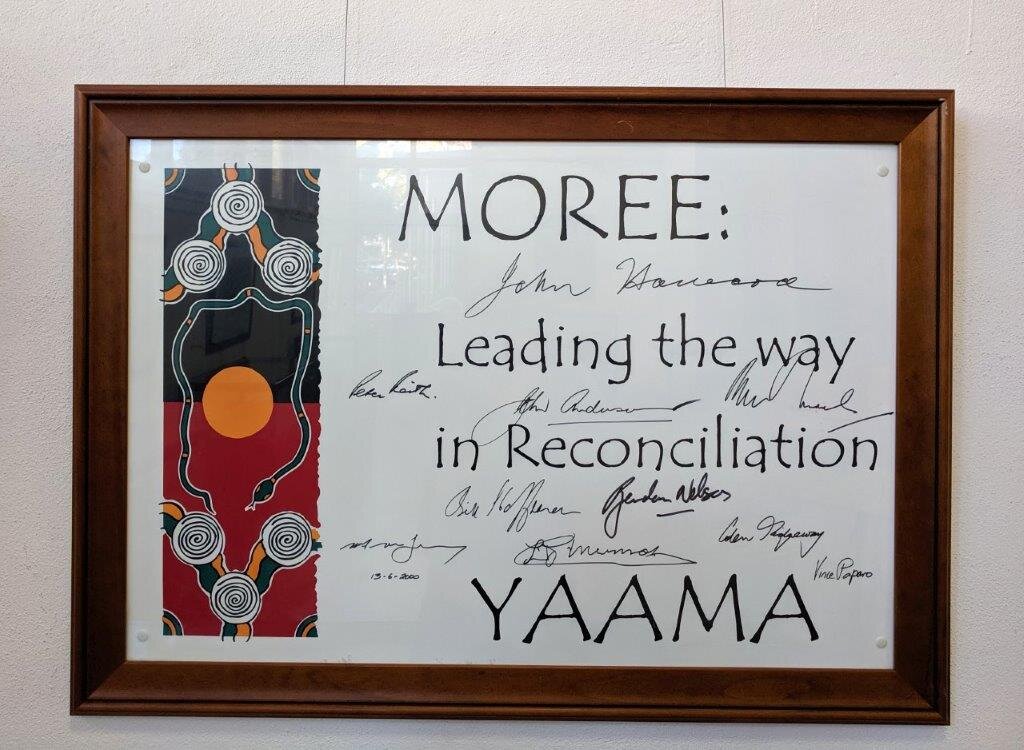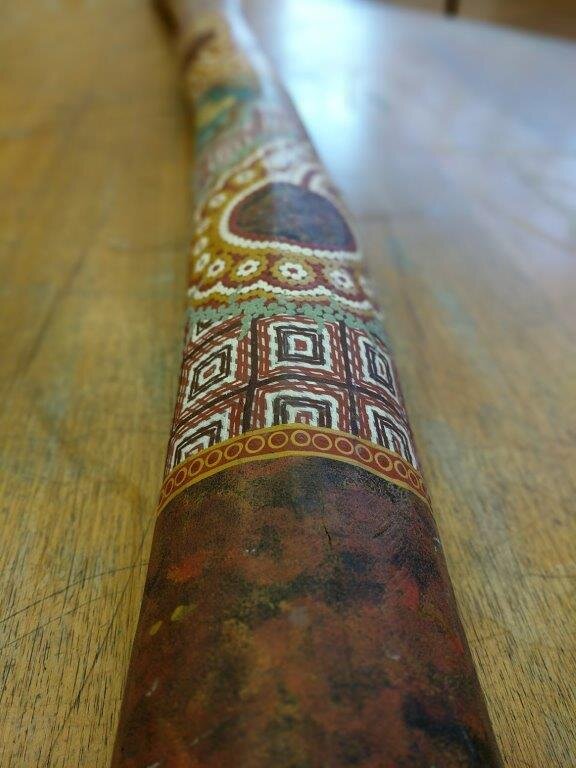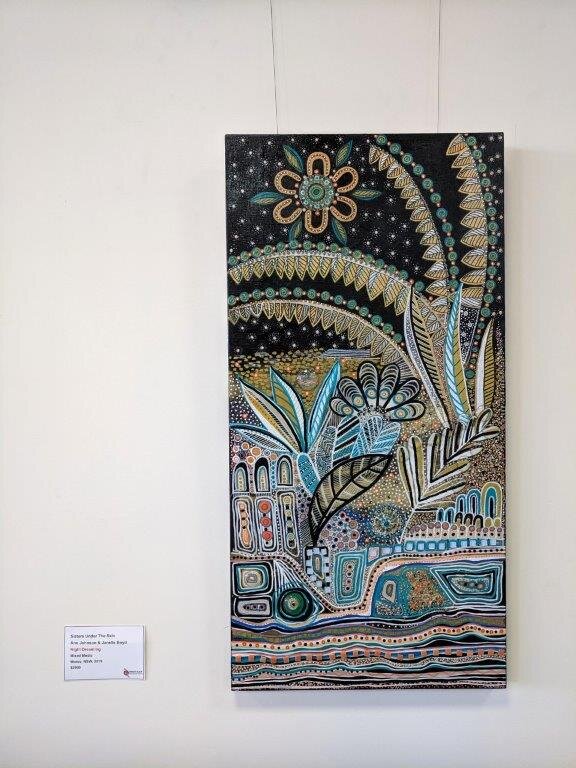University of New England Museums
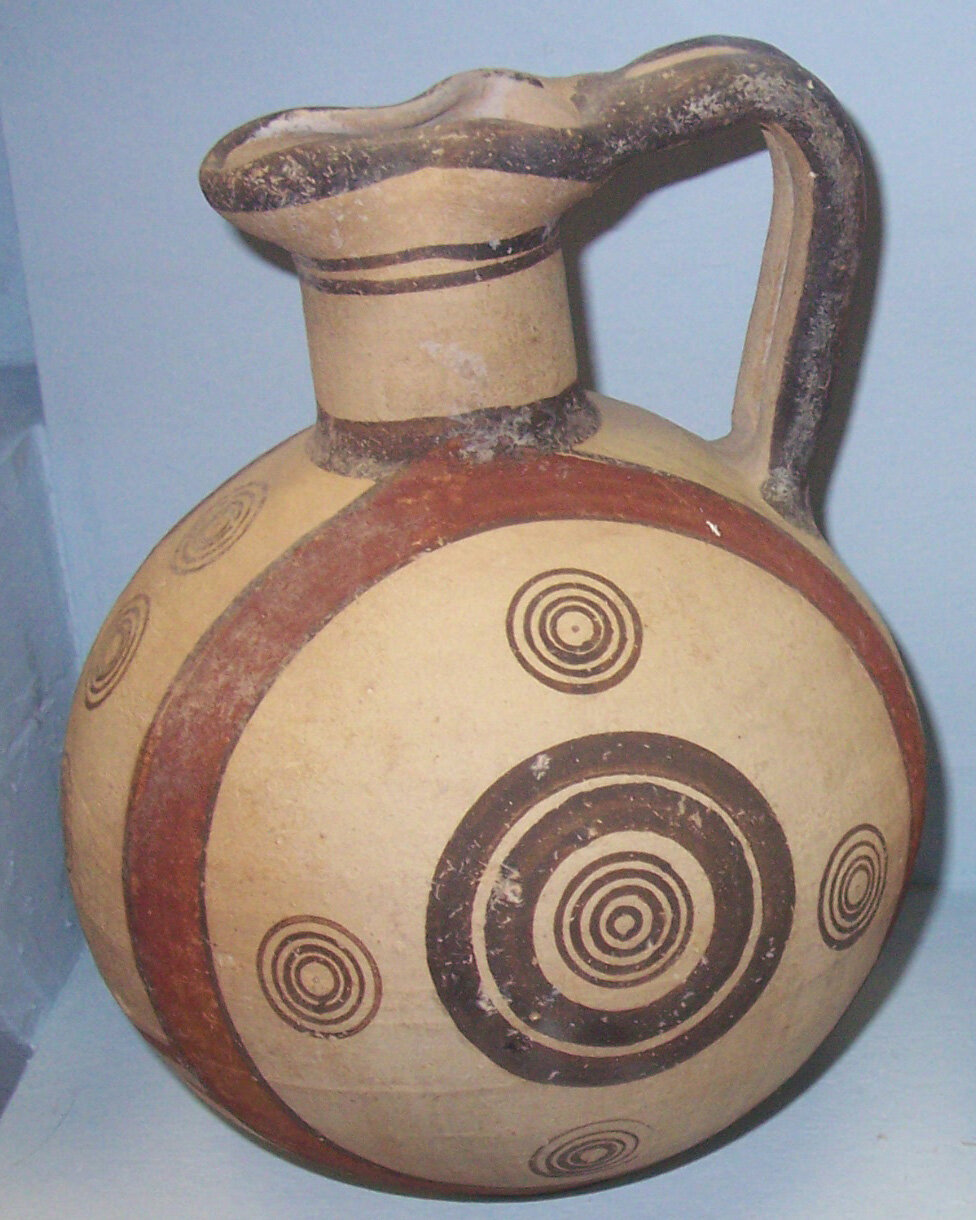
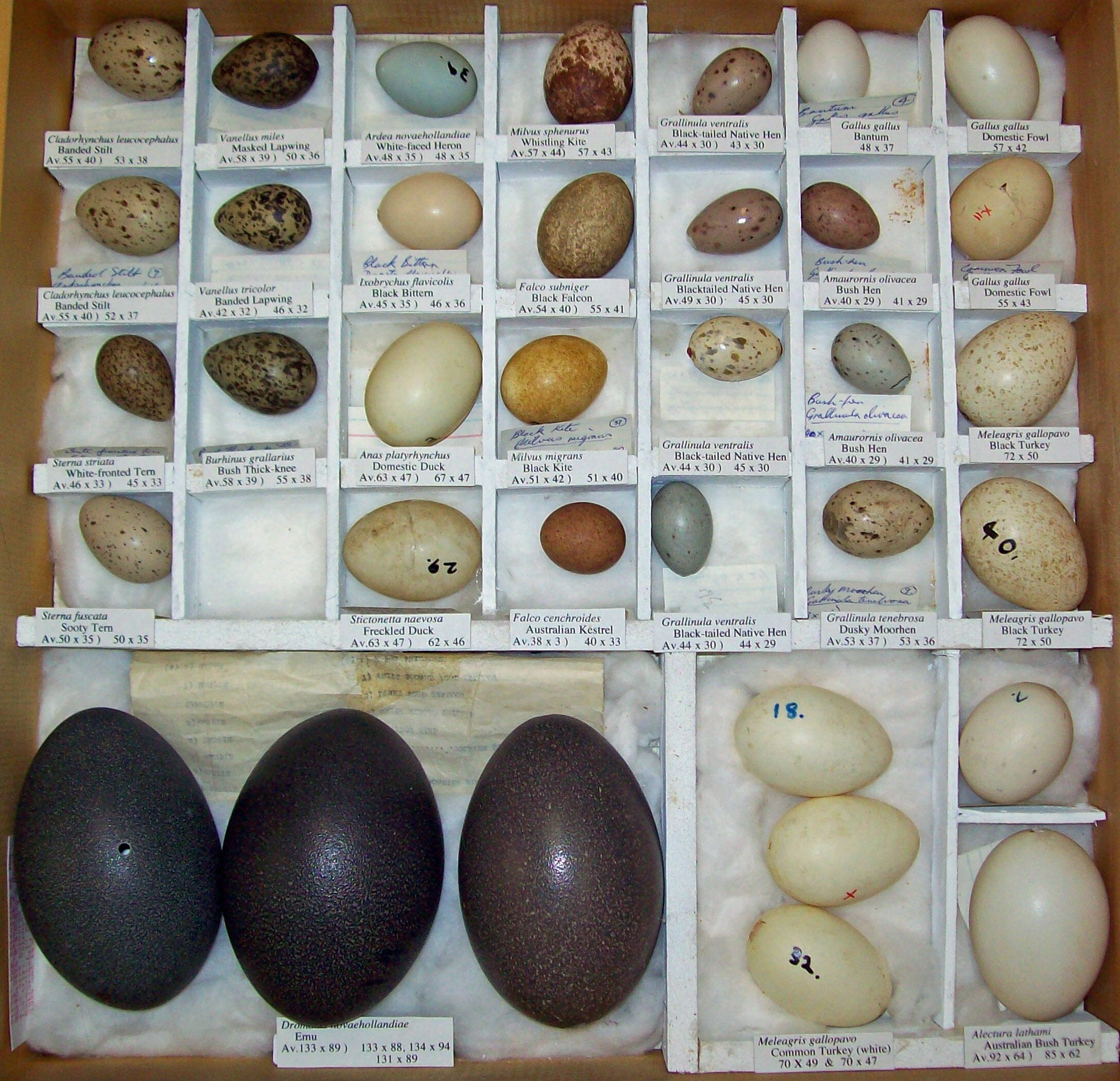
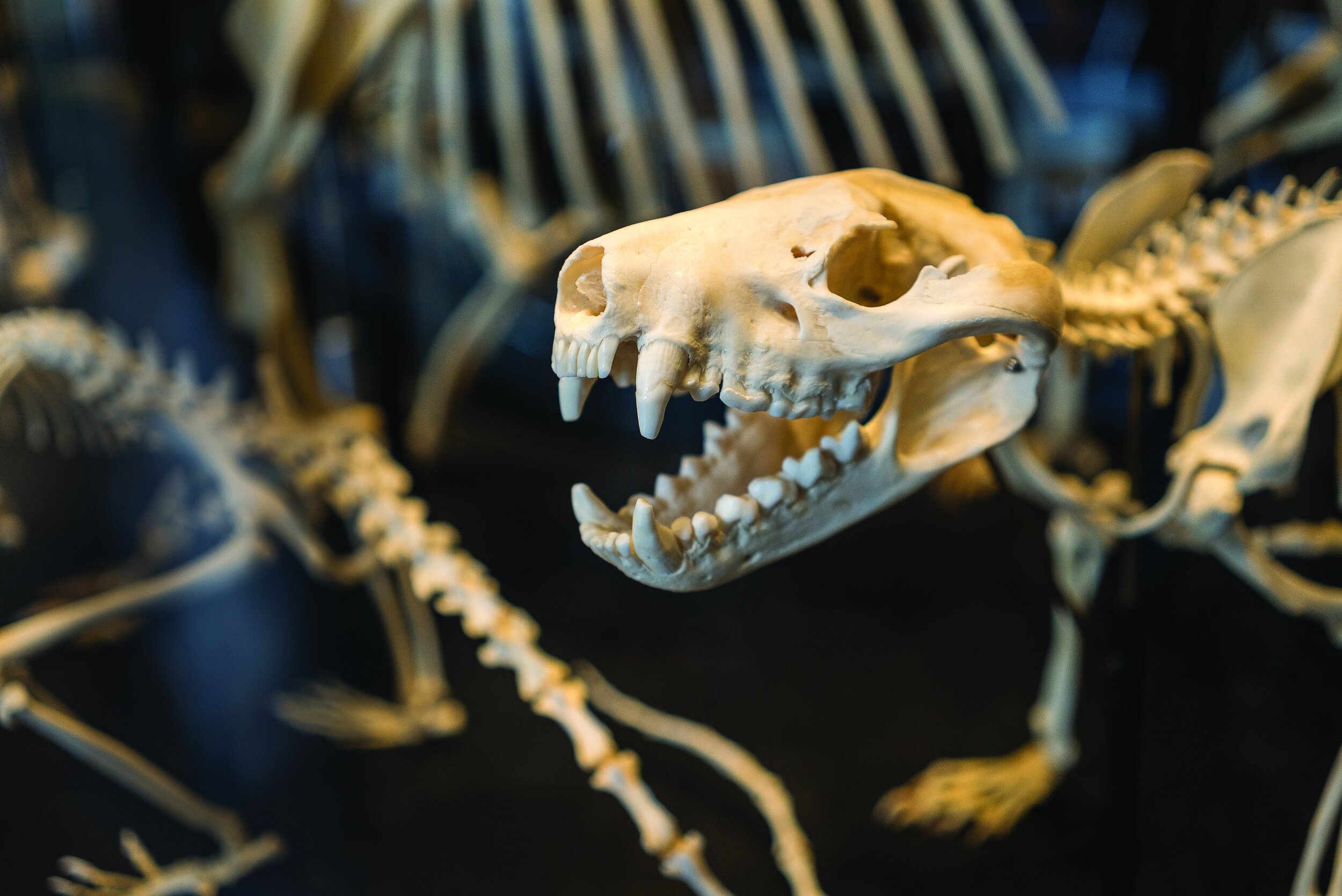

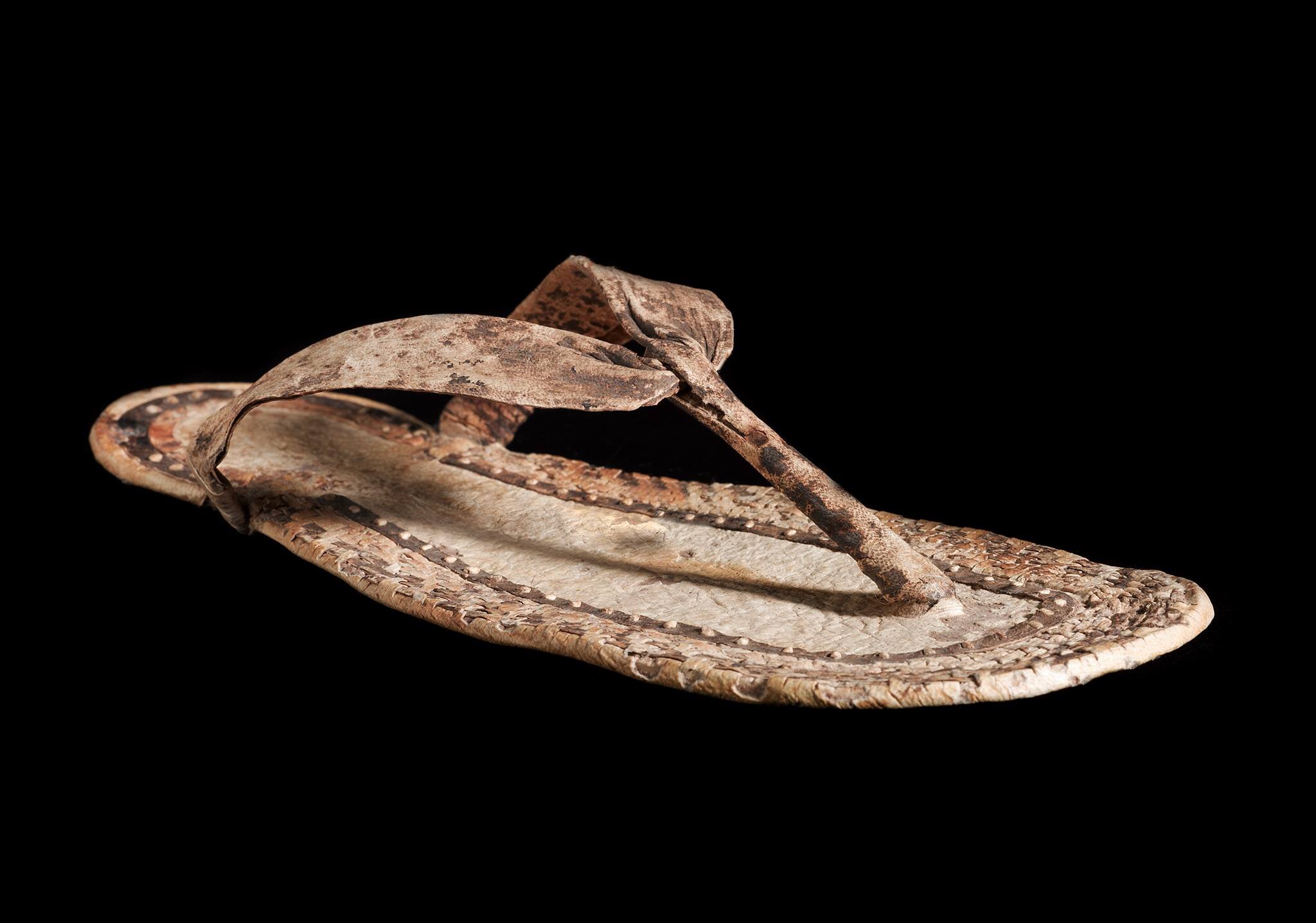
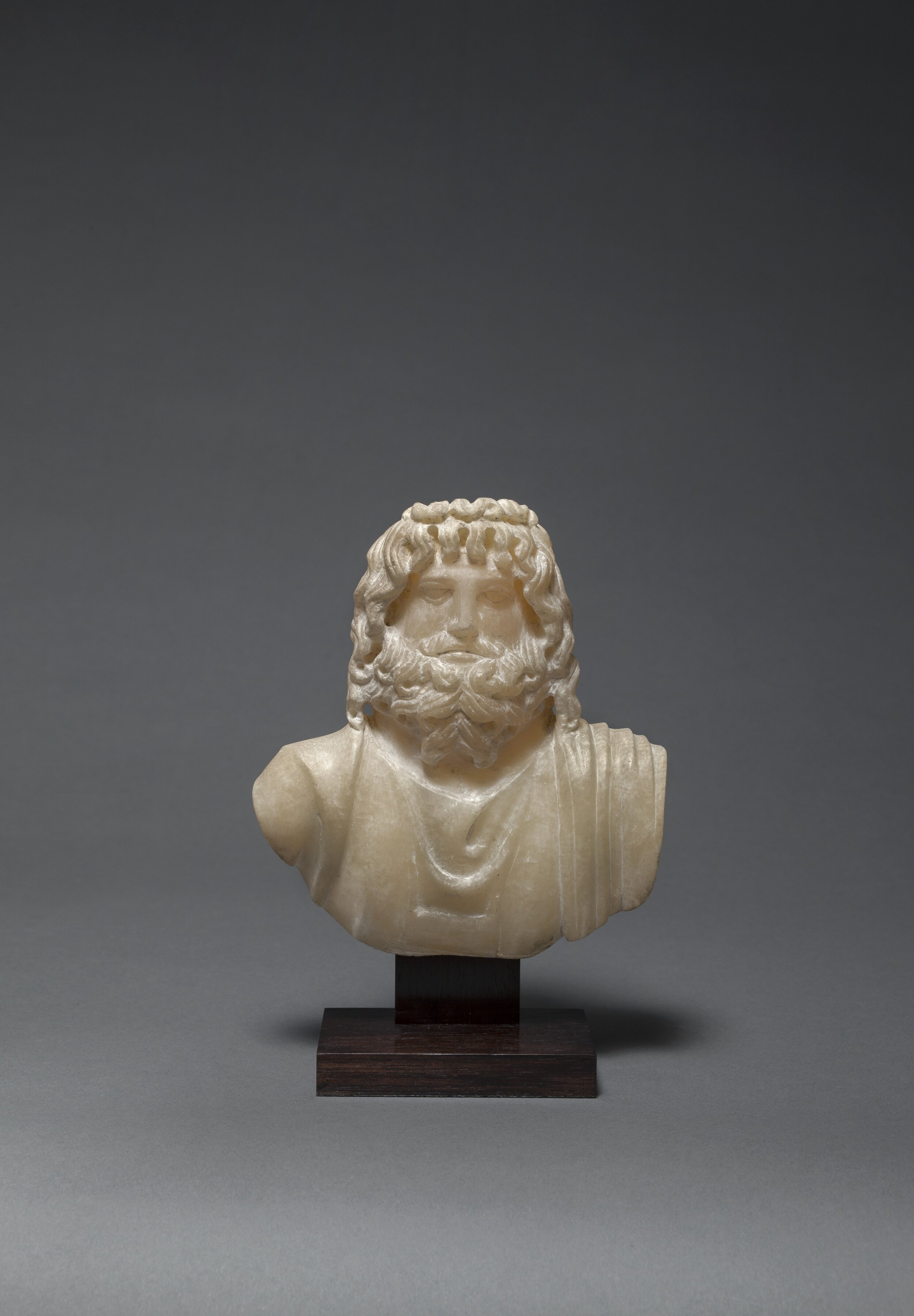
University of New England Natural History Museum
Agricultural Education Building, University of New England Armidale
unenaturalhistorymuseum.org.au
Humans are natural collectors. Throughout time we have collected things to try to make sense of the world around us. Animals that intrigue us, items we don’t understand, objects that we perceive to be beautiful, quirky, dangerous, and different. The UNE Natural History Museum is a library of life; a place of activity, interaction and discovery. It serves as a reminder that there is no surrogate for real things. The most sophisticated computer graphics cannot replace the sense of wonder that comes with viewing the still remains of real animals, in all their extraordinary variety.
University of New England Museum of Antiquities
The Museum is located on the ground floor of the Arts Building at the University of New England Armidale
www.une.edu.au/info-for/visitors/museums/museum-of-antiquities
The Museum of Antiquities at the University of New England is the only regional ancient history and archaeology museum in Australia. The Museum encompasses an excellent selection of antiquities from the ancient Mediterranean and the Near East, complemented by objects and ethnographic material from Australia, South East Asia, New Guinea, the Pacific region, Mesoamerica and Africa. The Museum supports the teaching and research interests of UNE staff and students, and of scholars worldwide. It also engages the broader community in the history of peoples through the ages.
Signs for the University of New England are posted on the New England Highway bypass and at both highway entrances to Armidale. The UNE Visitor Information Centre on Elm Avenue can provide campus directions and parking information.
All visitors are welcome at the following times and entry is free
.
Monday – Friday: 9.30 am – 4.30 pm
Closed on weekends, public holidays and from 24 December – 1 January (inclusive) each year
